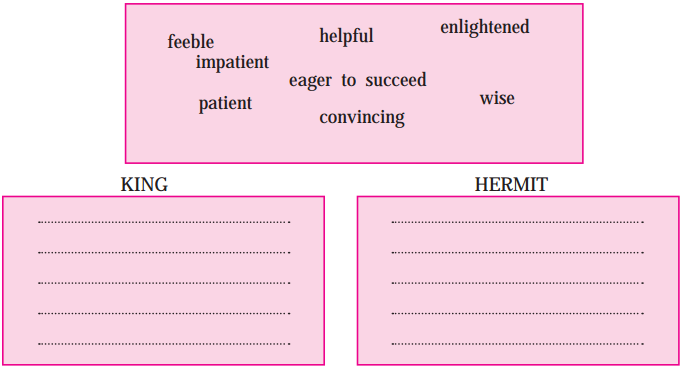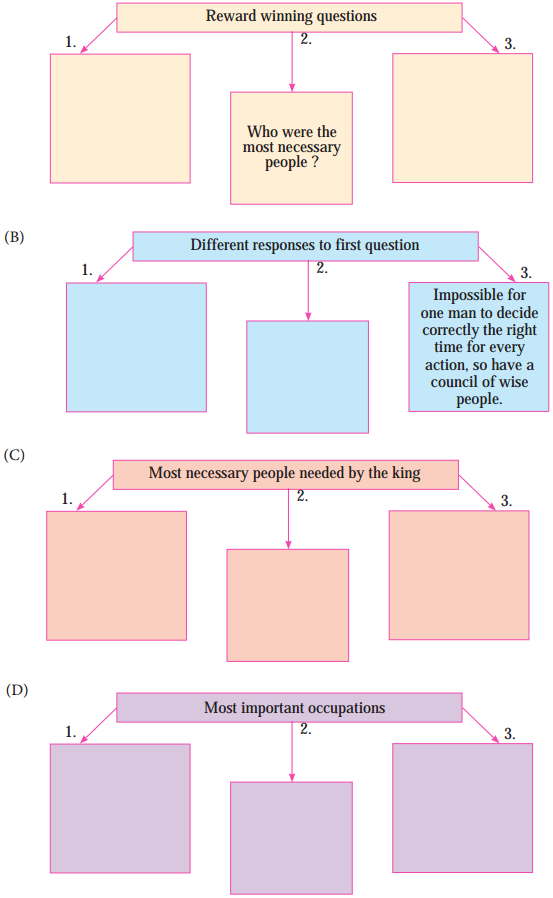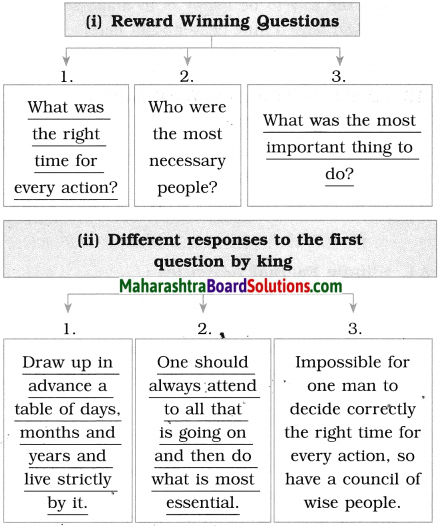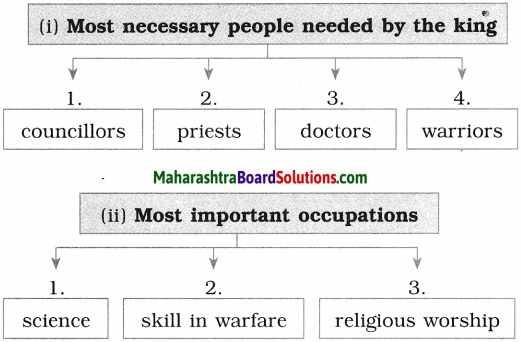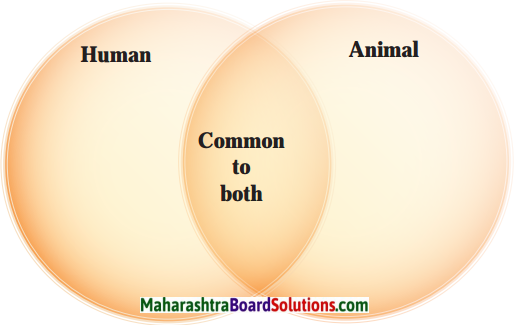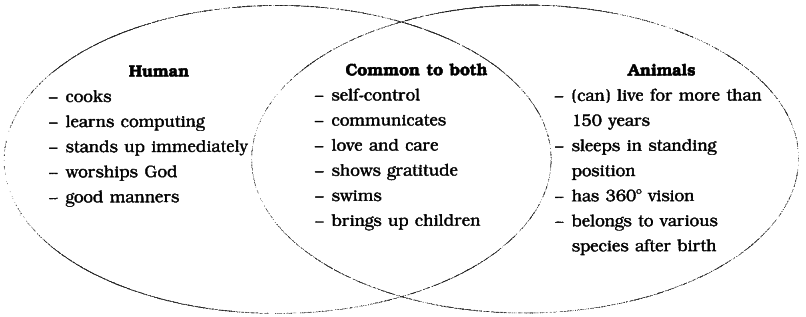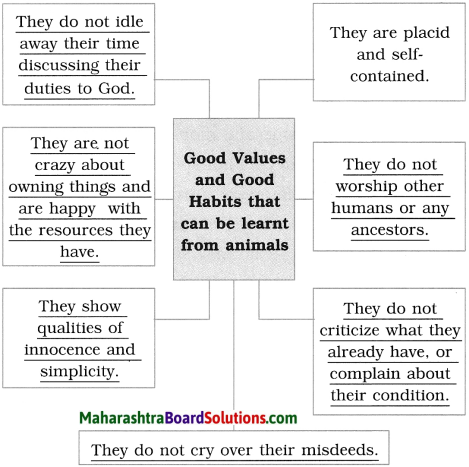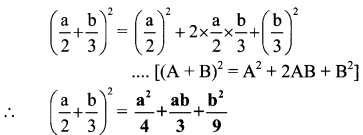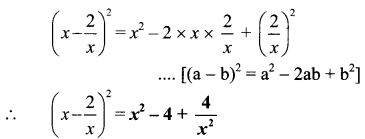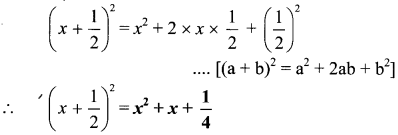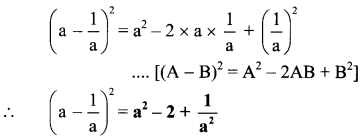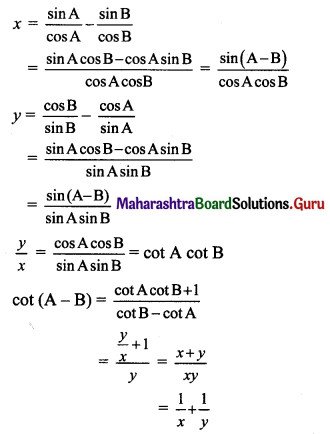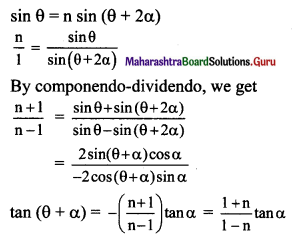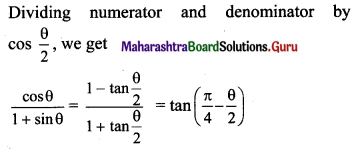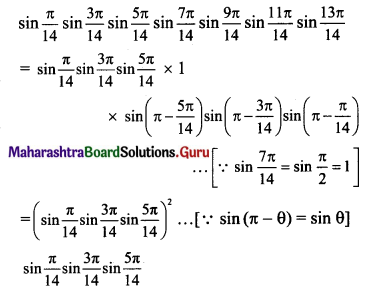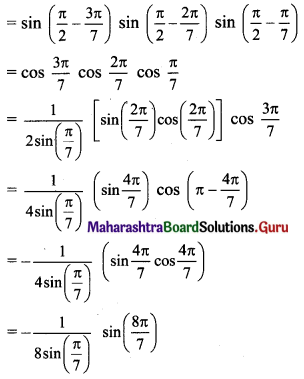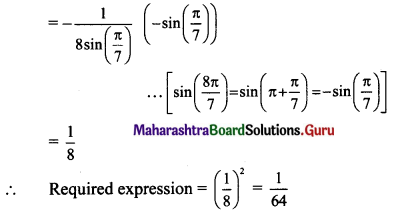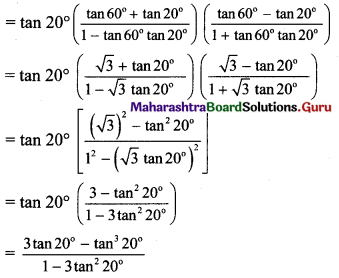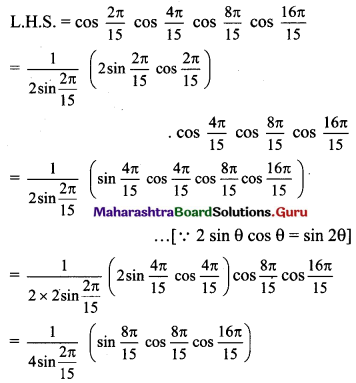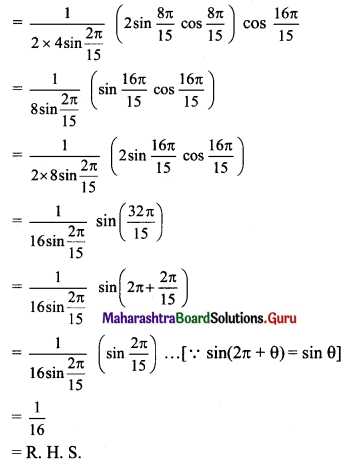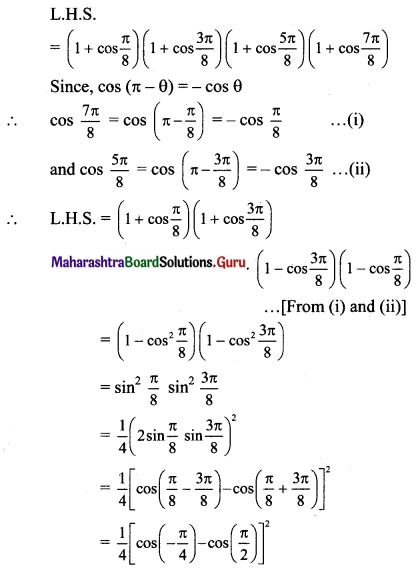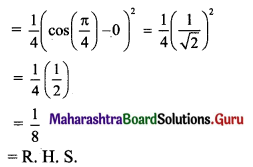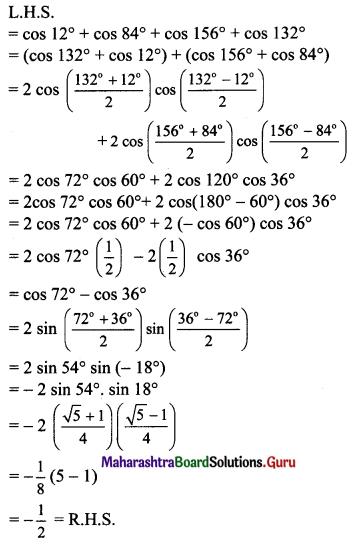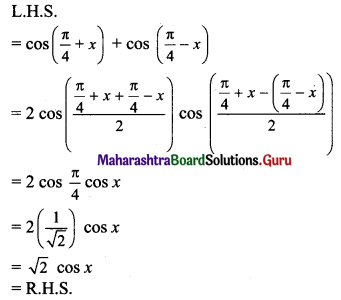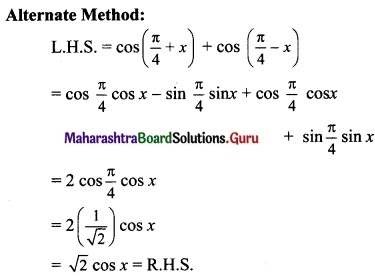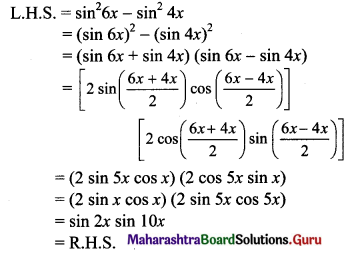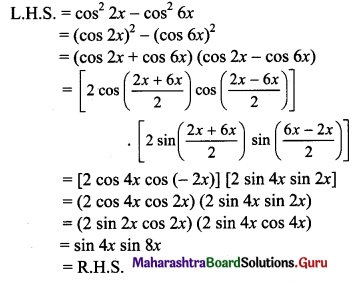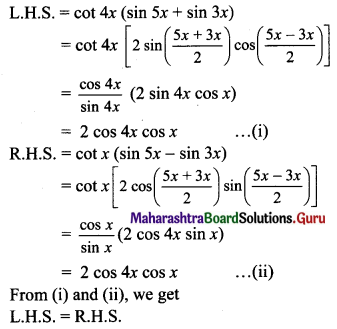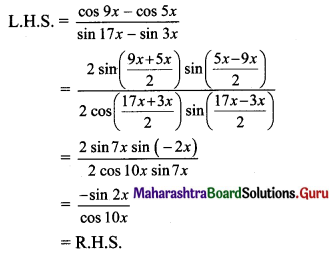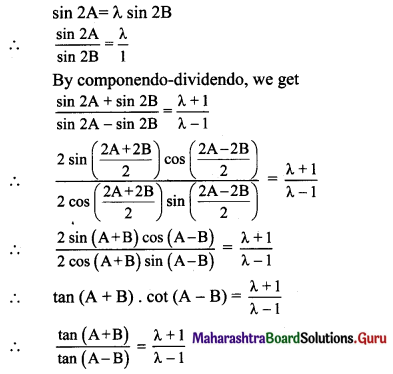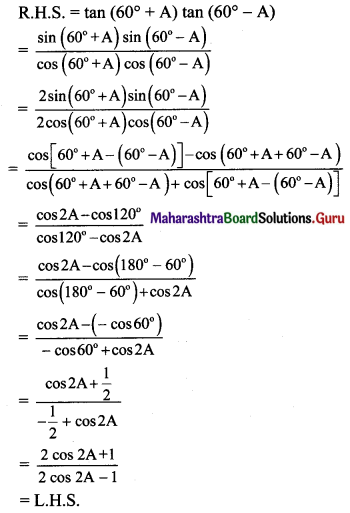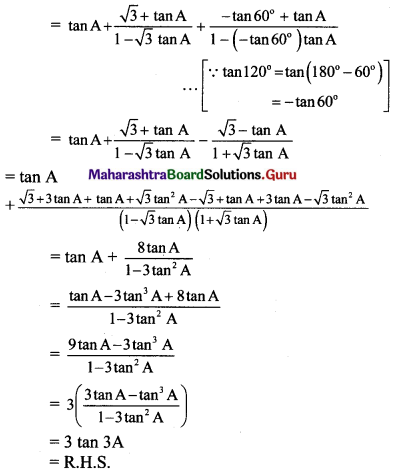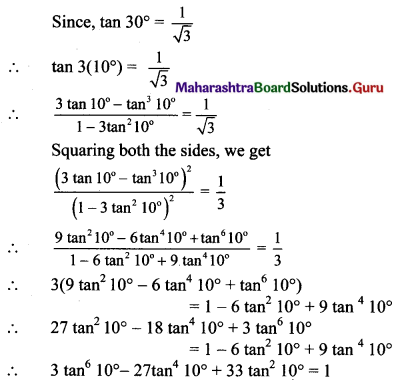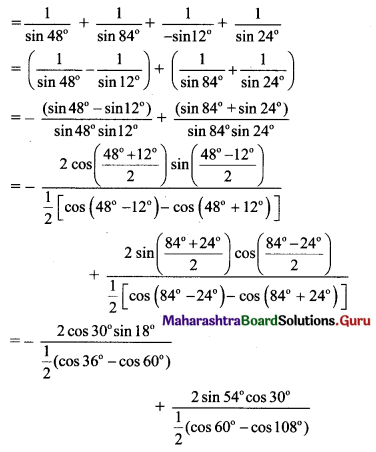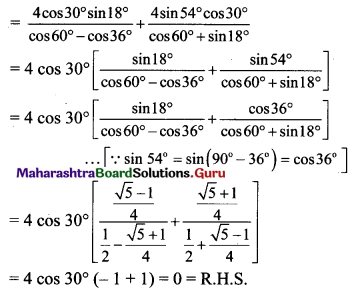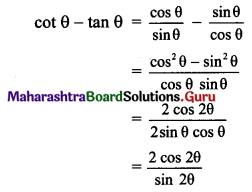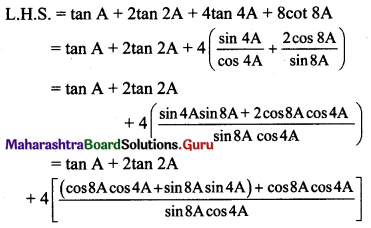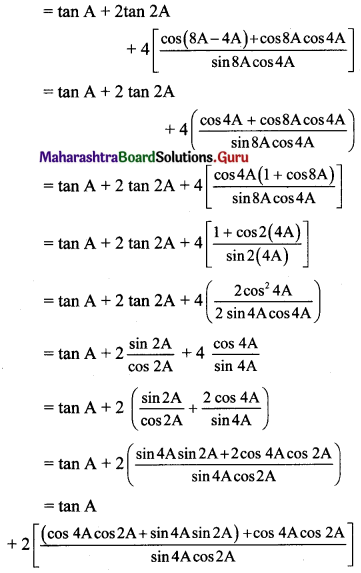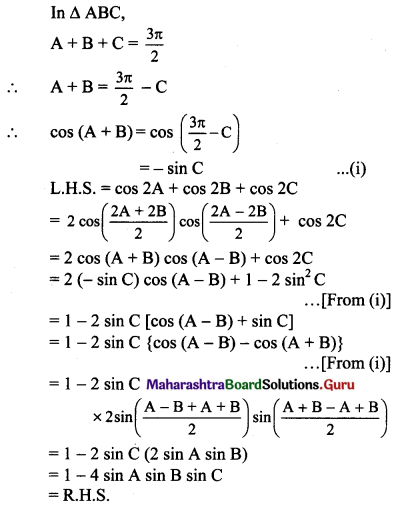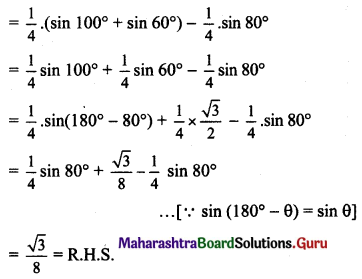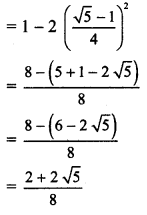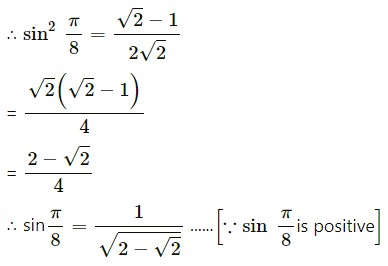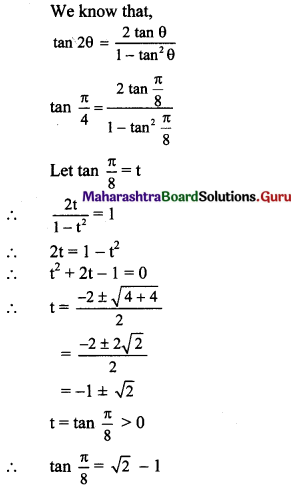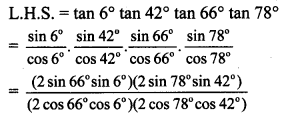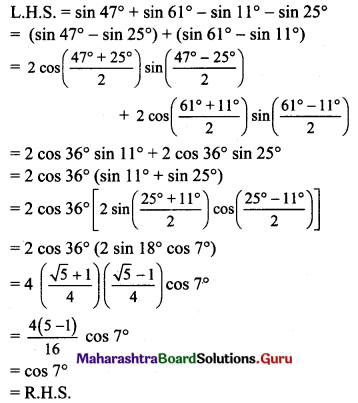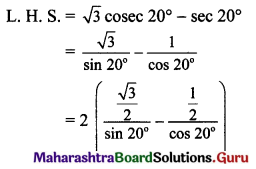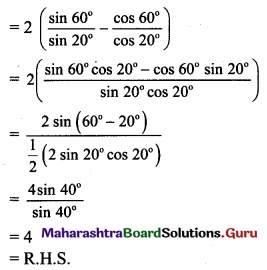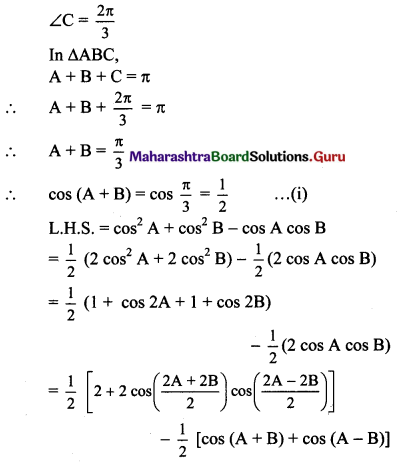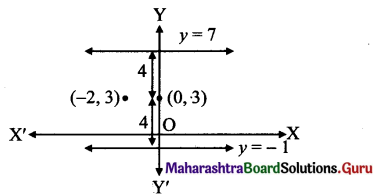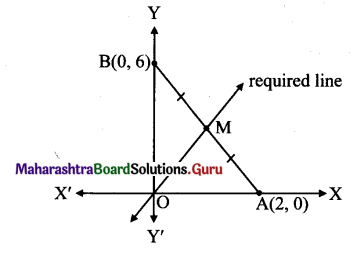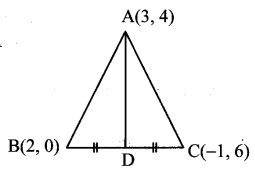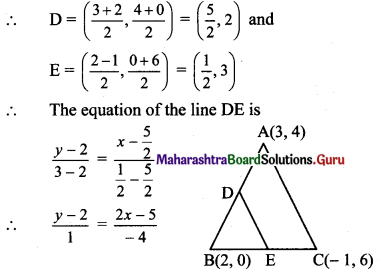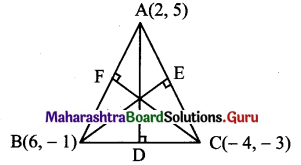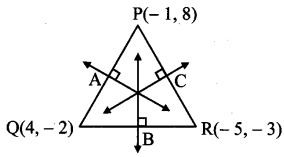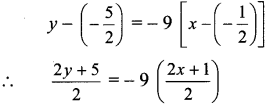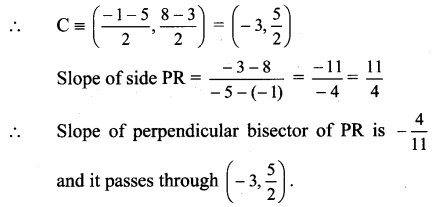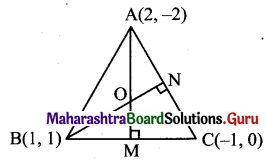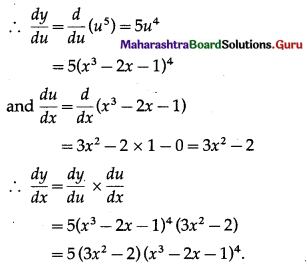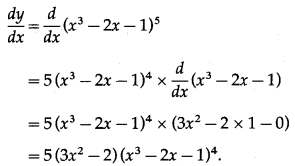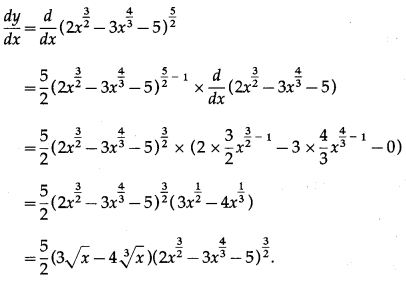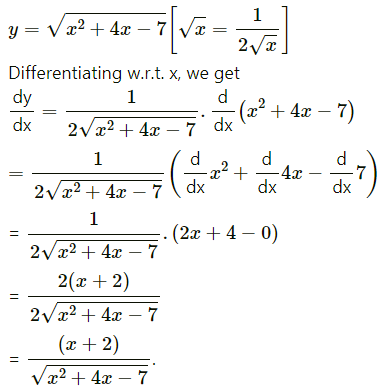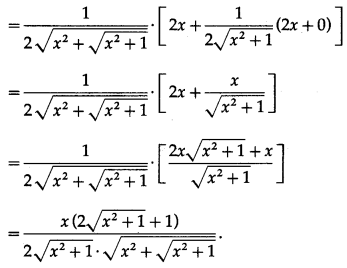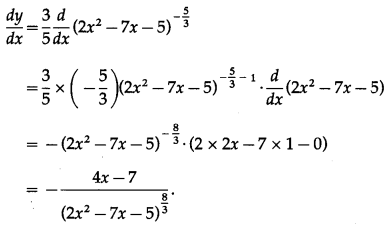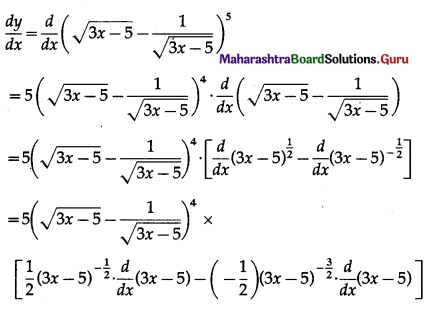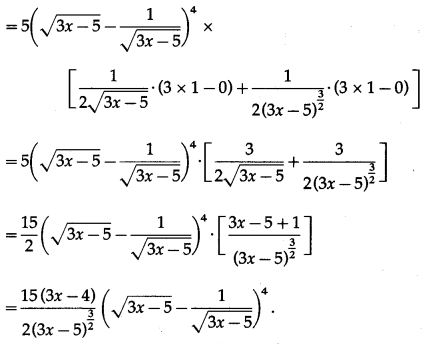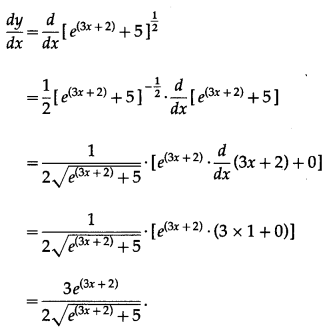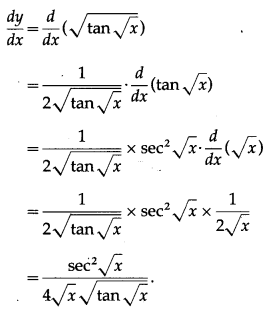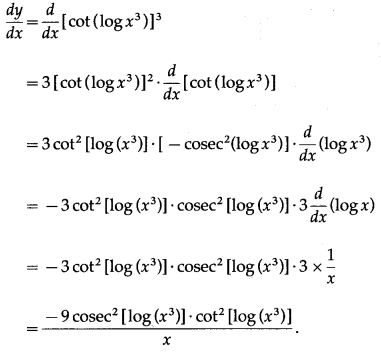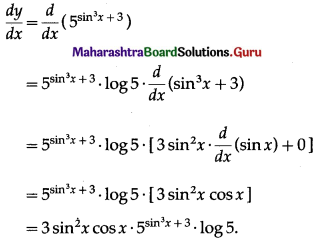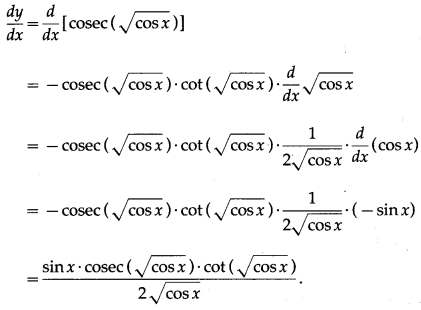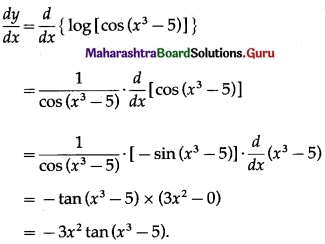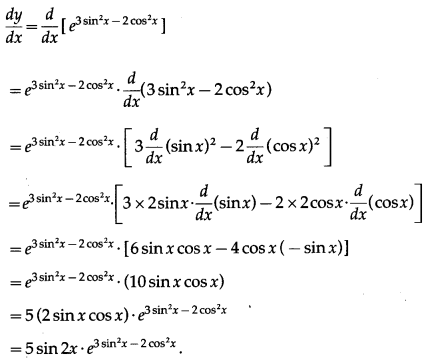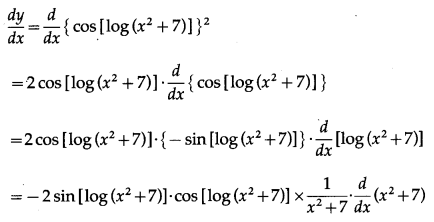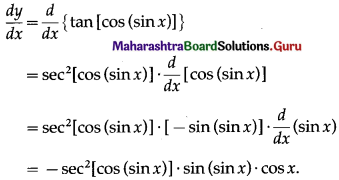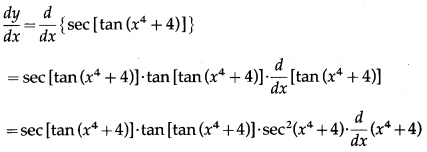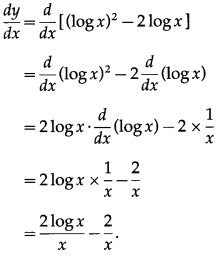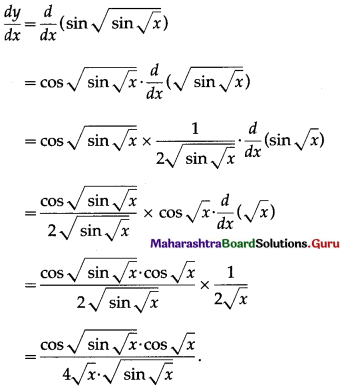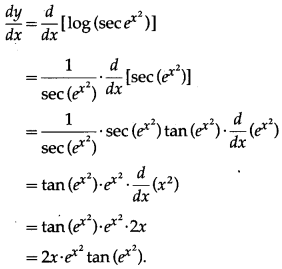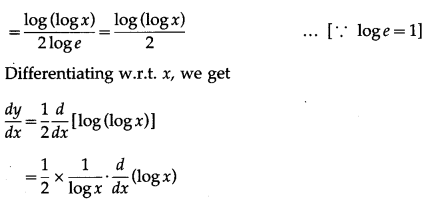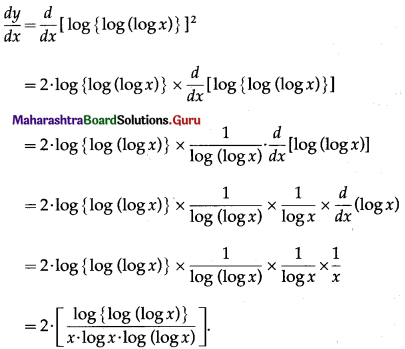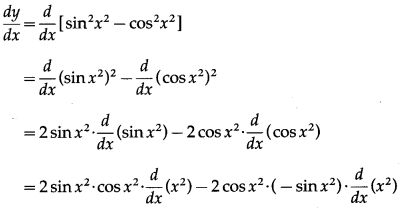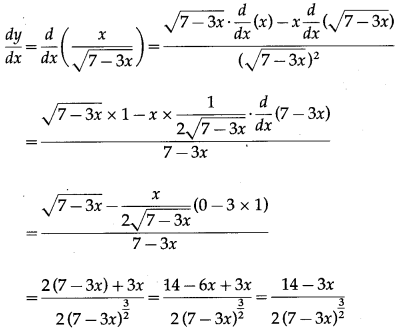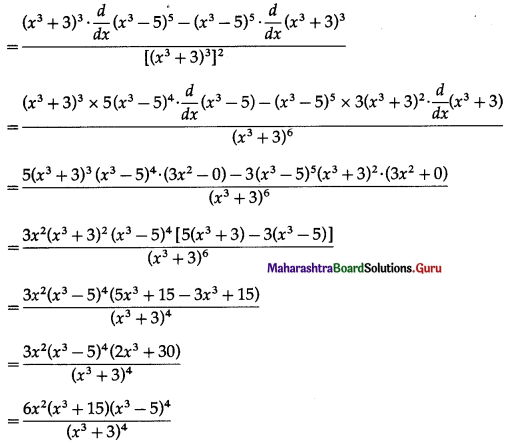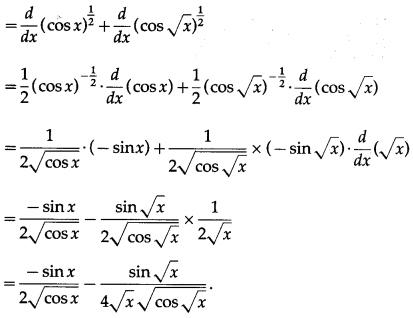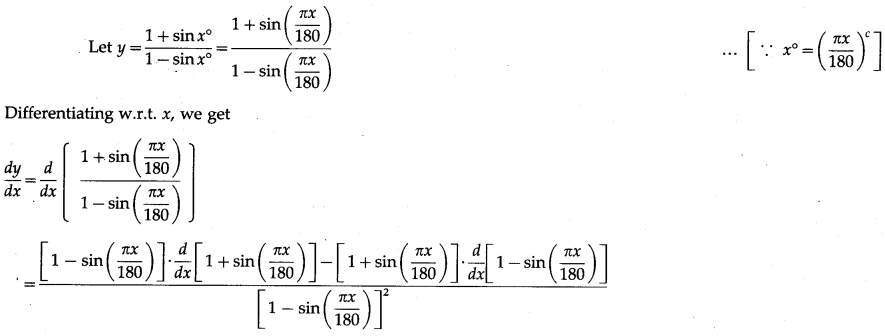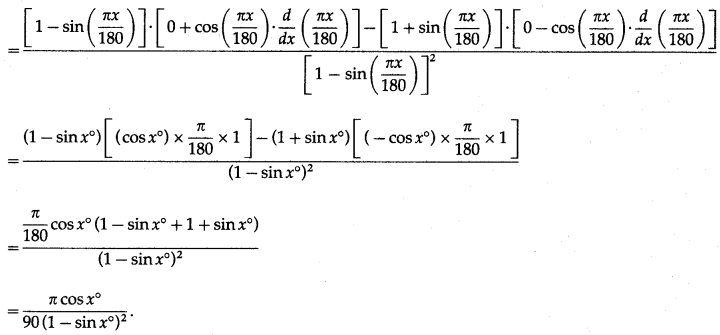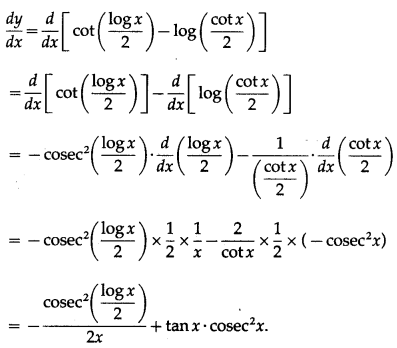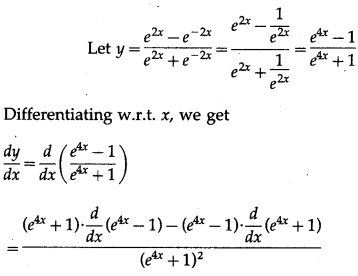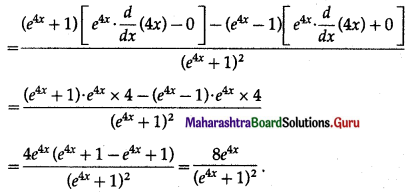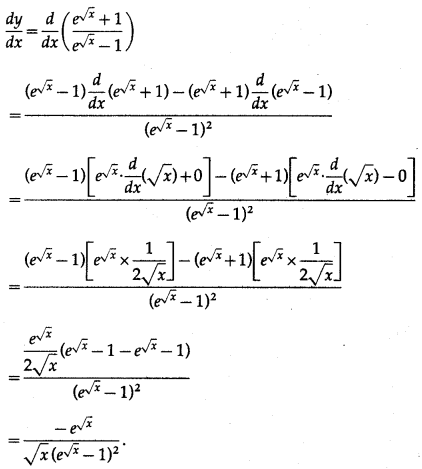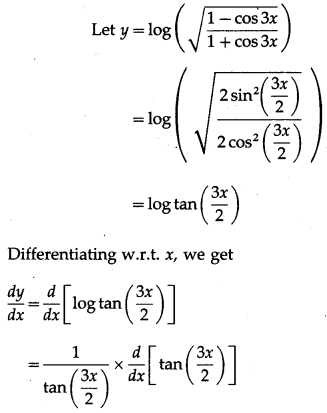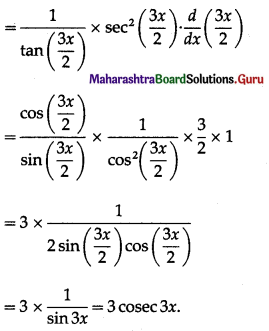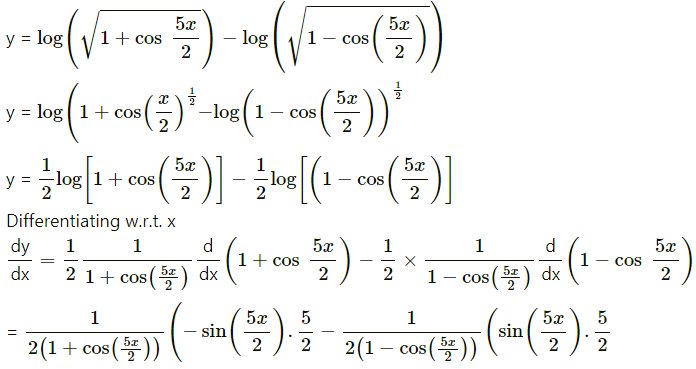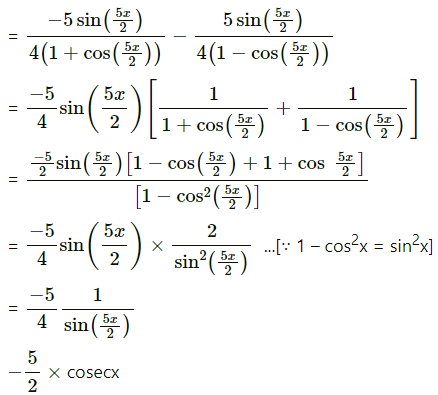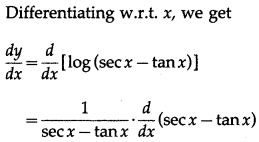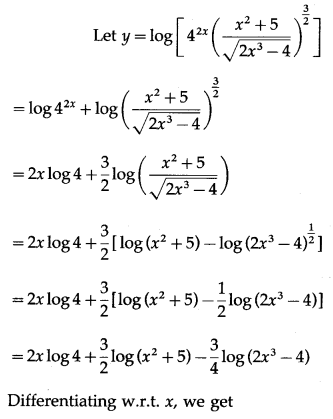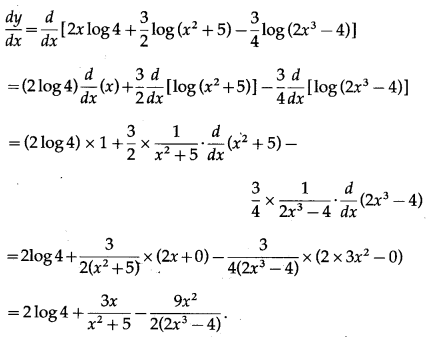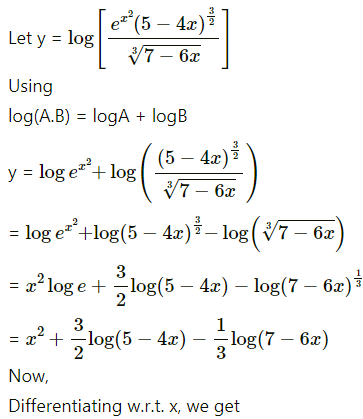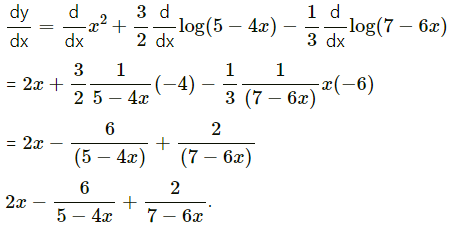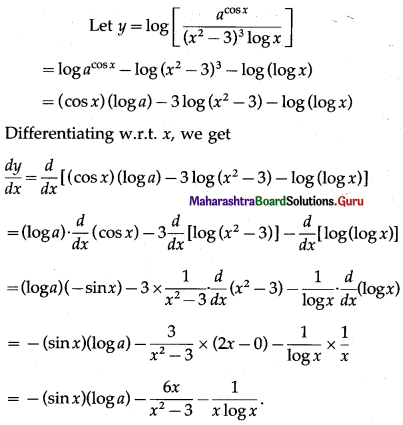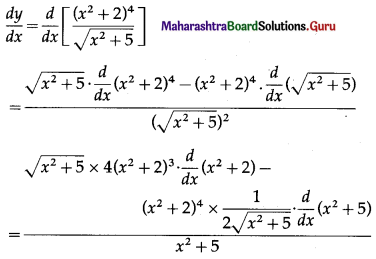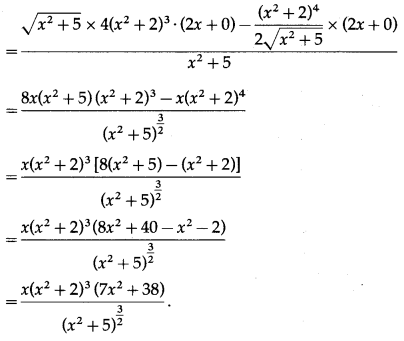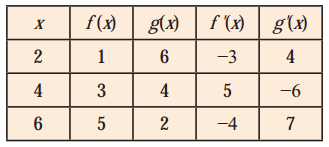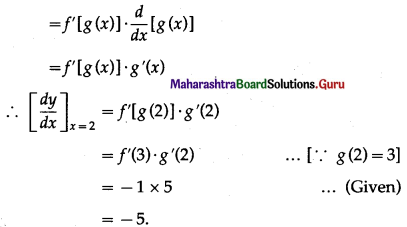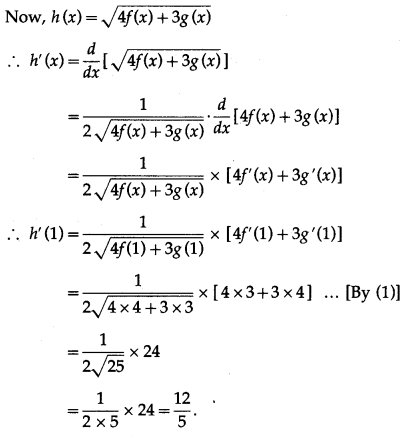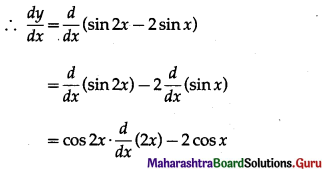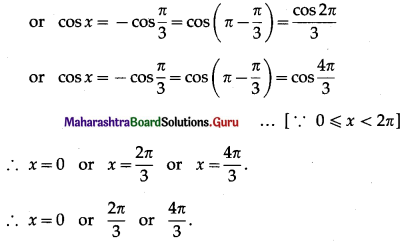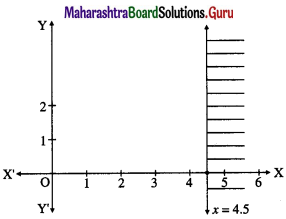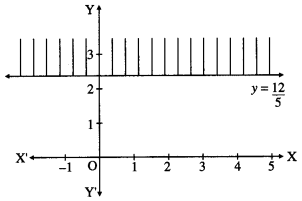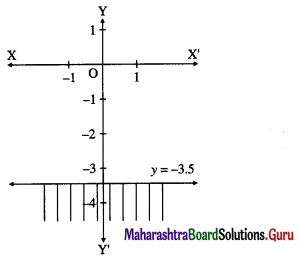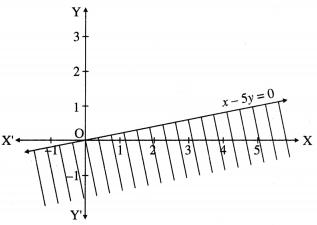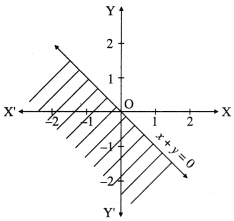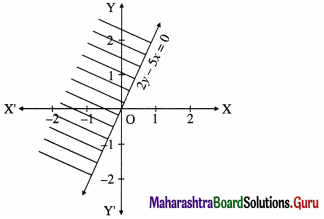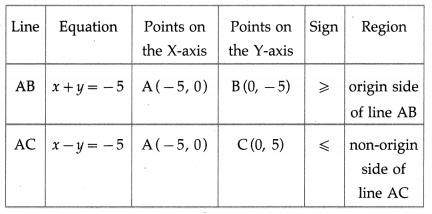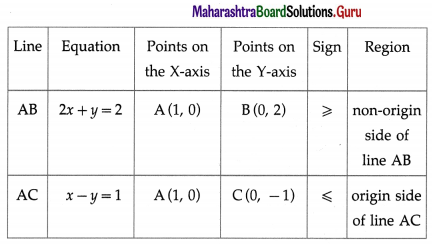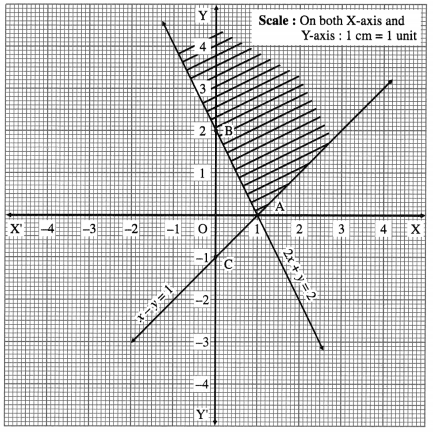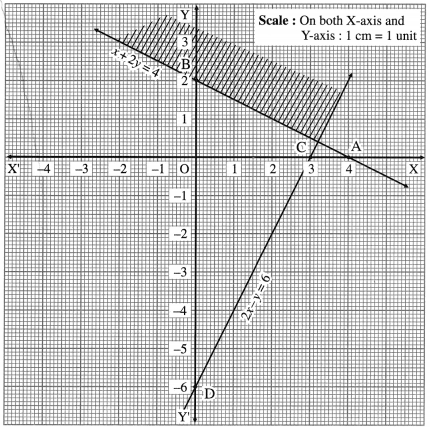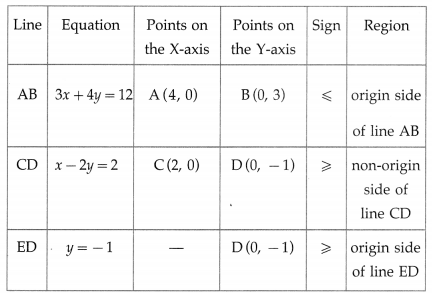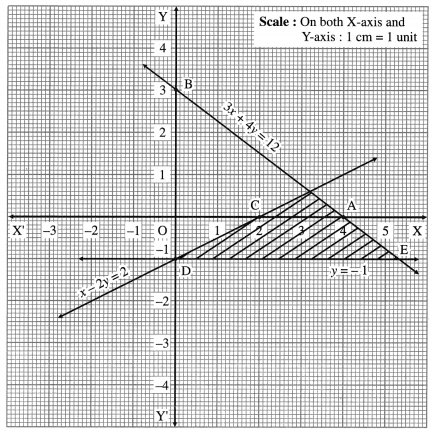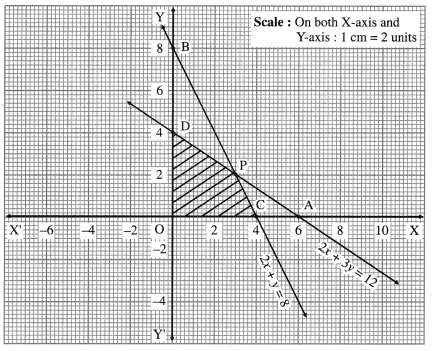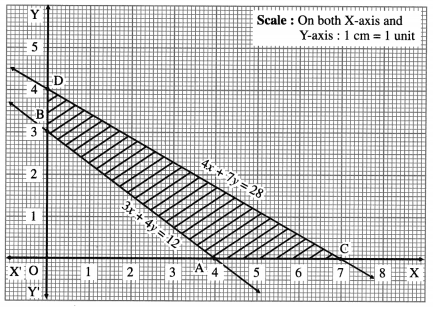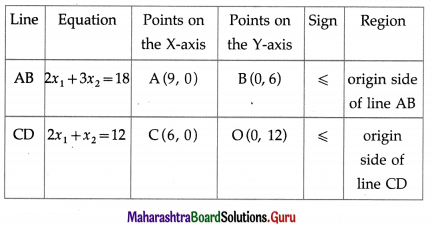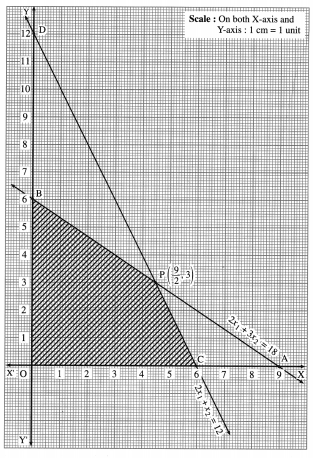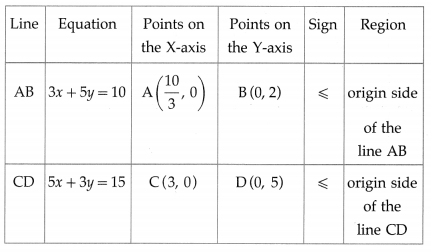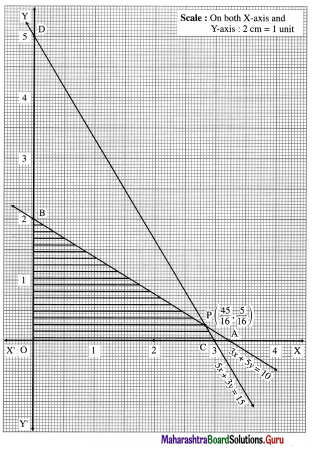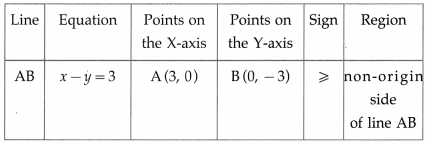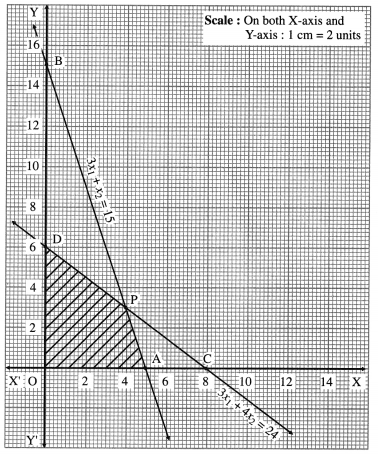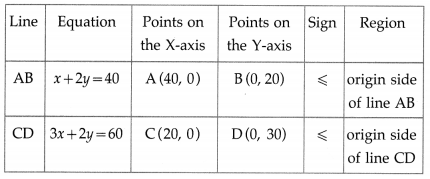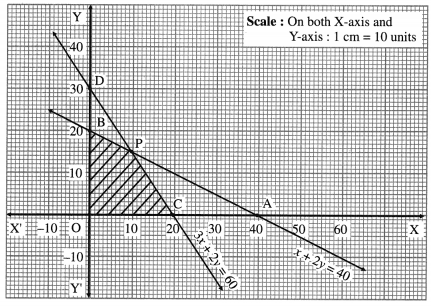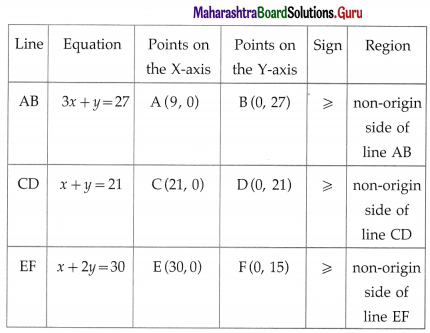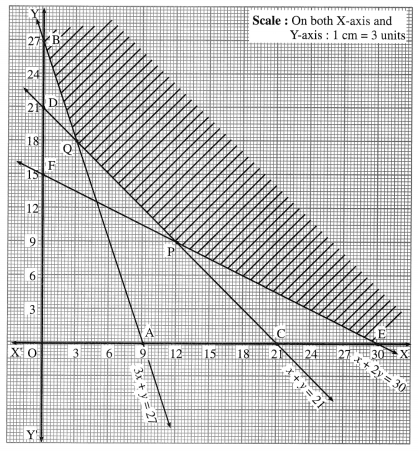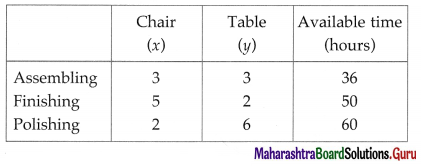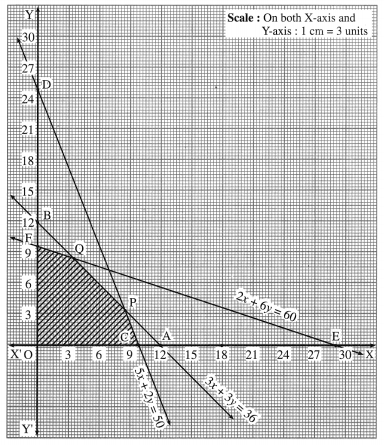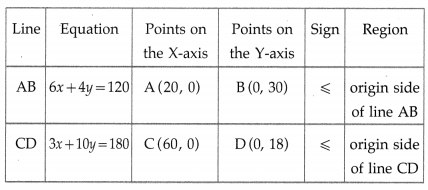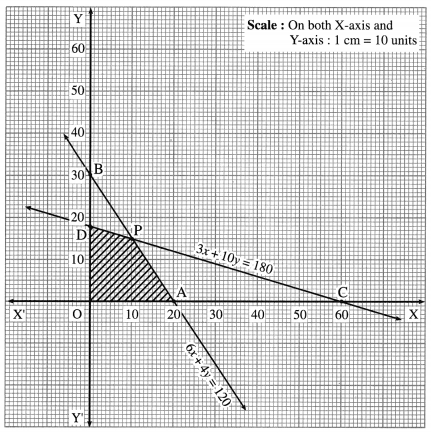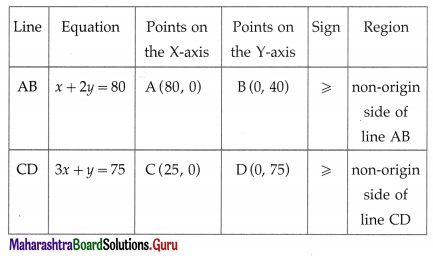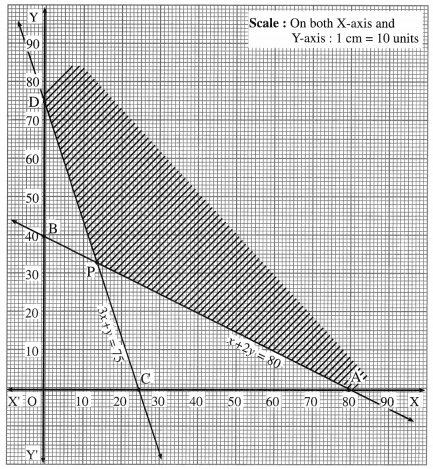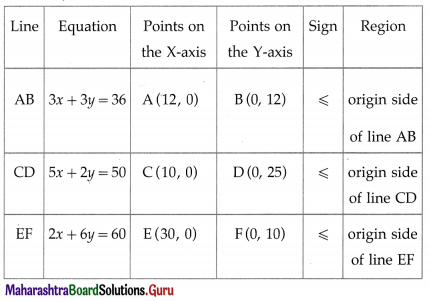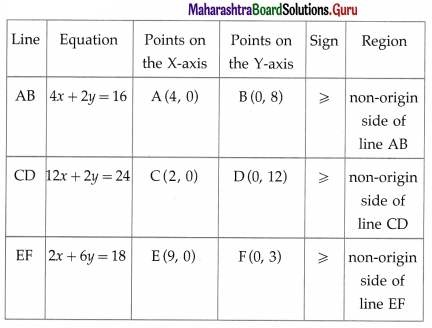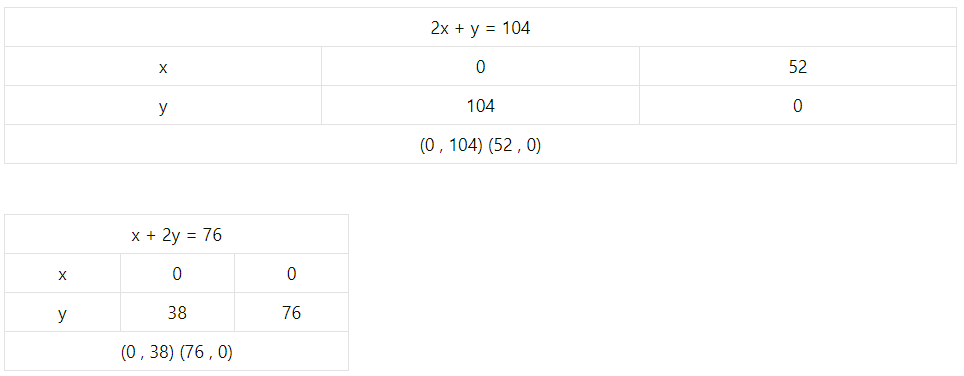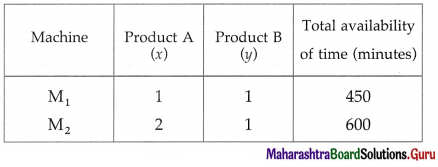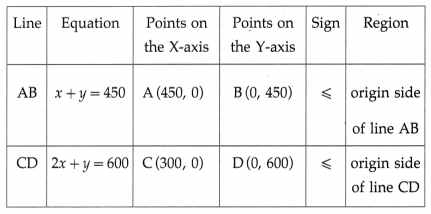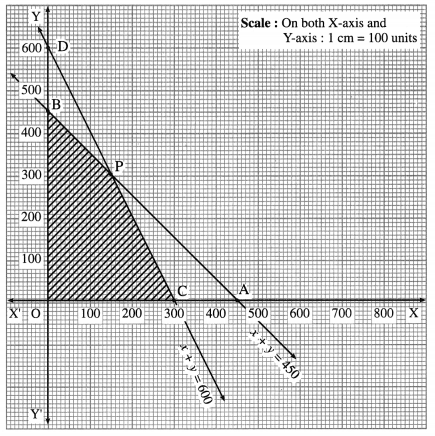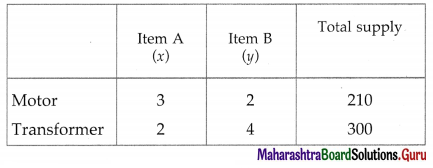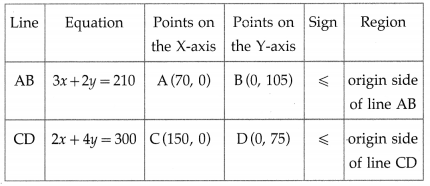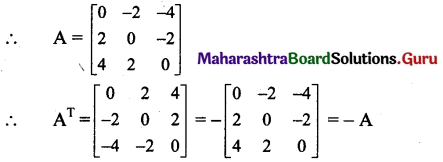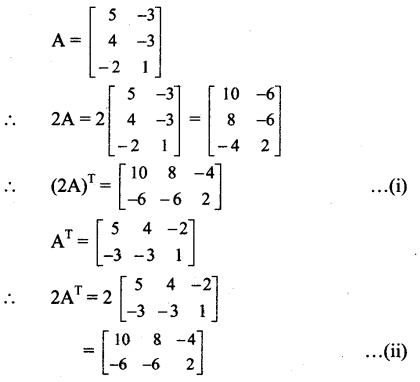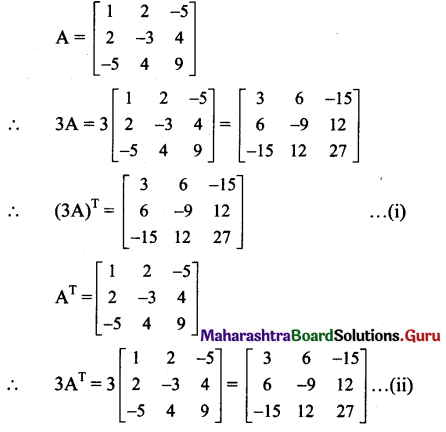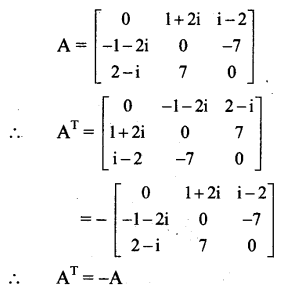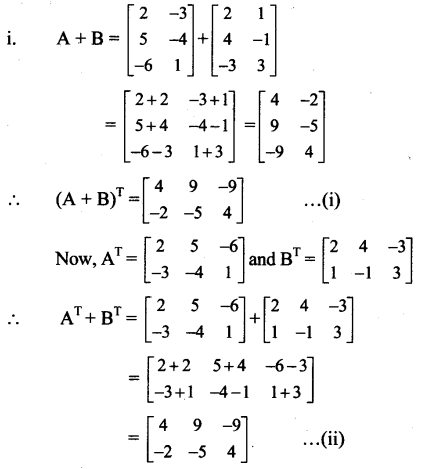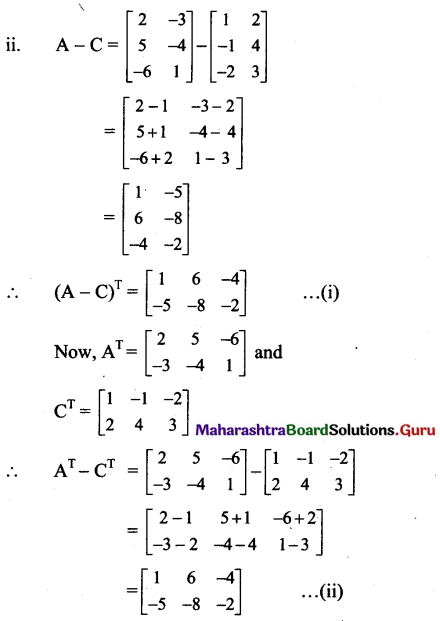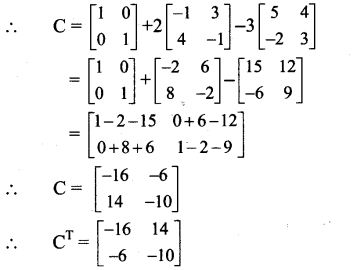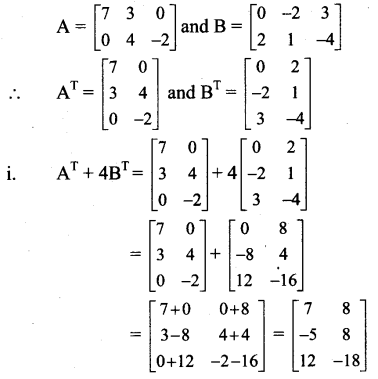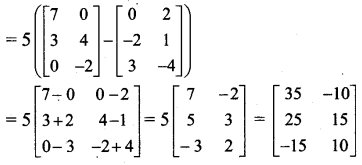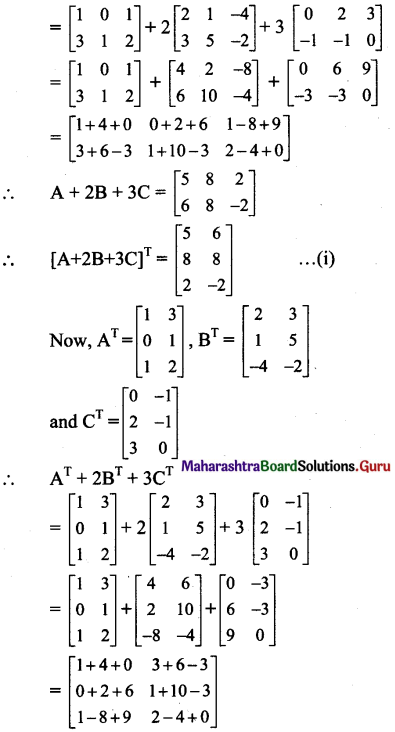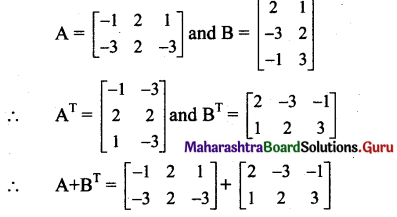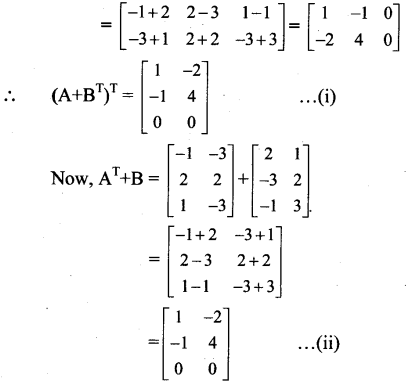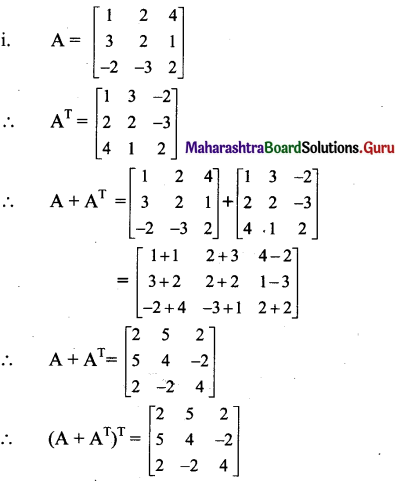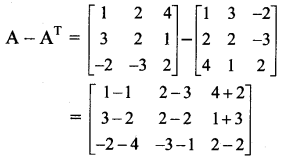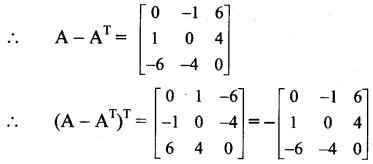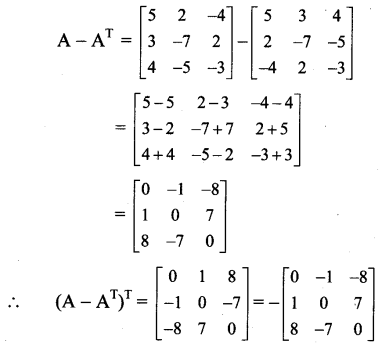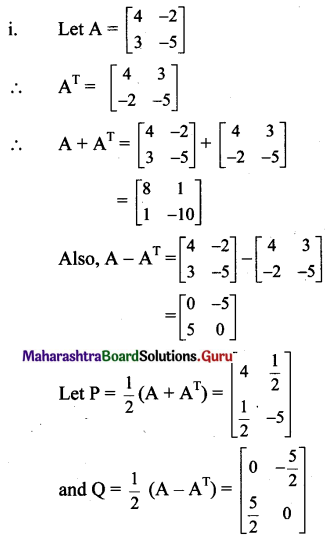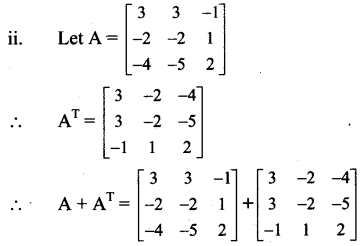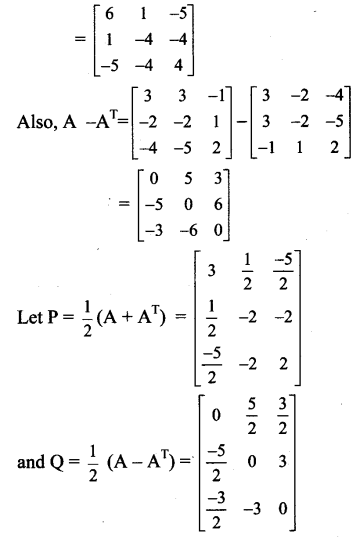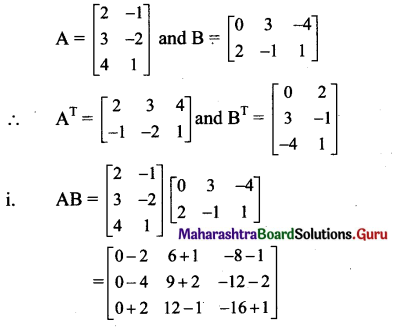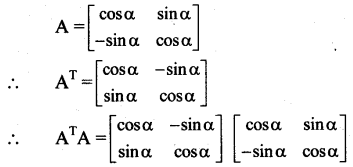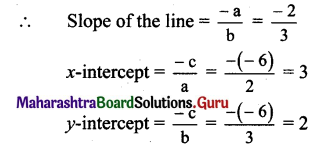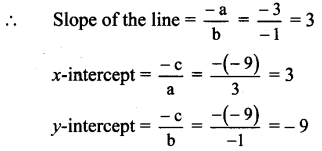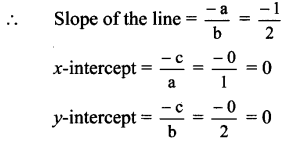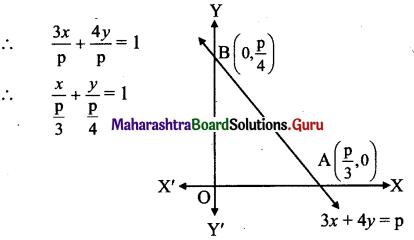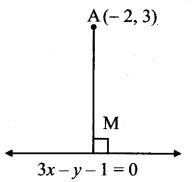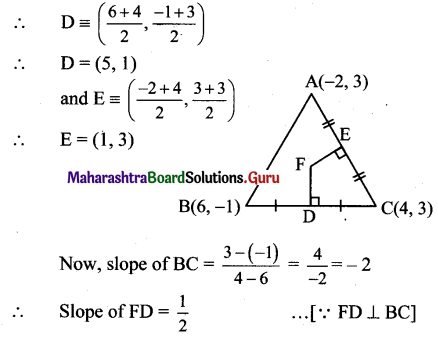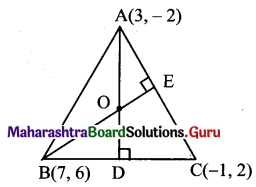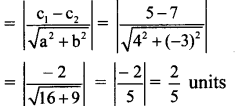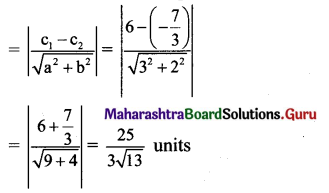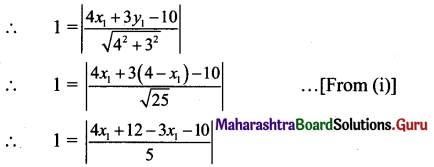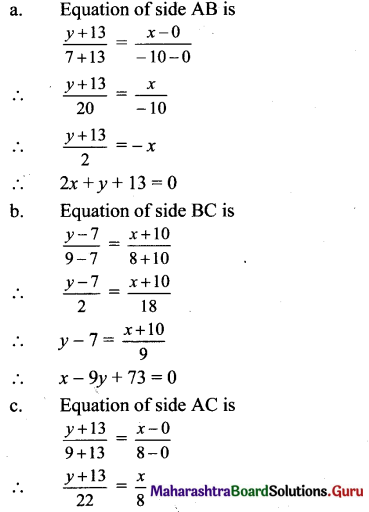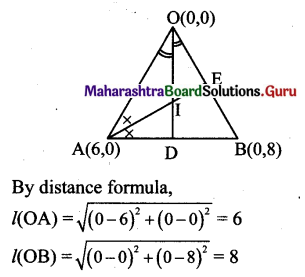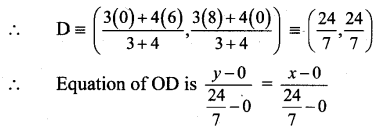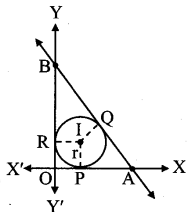Balbharti Maharashtra State Board Class 10 English Solutions Unit 2.6 Science and Spirituality Notes, Textbook Exercise Important Questions and Answers.
Maharashtra State Board Class 10 English Kumarbharati Textbook Solutions Unit 2.6 Science and Spirituality
Maharashtra Board Class 10 English Solutions Unit 2.6 Warming Up Questions and Answers
Question 1.
Get into pairs/groups and match the columns:
| ‘A’ | ‘B’ |
| (1) Science | (a) The study of the basic nature of knowledge, reality and existence, especially as an academic subject. |
| (2) Religion | (b) The study of nature of God and religious belief. |
| (3) Spirituality | (c) The intellectual and practical activities in a systematic study of structure and behaviour of the natural world through experiment and observation. |
| (4) Philosophy | (d) The belief in and worship of a superhuman controlling power God. |
| (5) Theology | (e) The quality of being more concerned with the human spirit as opposed to material or physical things. |
Answer:
| ‘A’ | ‘B’ |
| (1) Science | (c) The intellectual and practical activities in a systematic study of structure and behaviour of the natural world through experiment and observation. |
| (2) Religion | (d) The belief in and worship of a superhuman controlling power God. |
| (3) Spirituality | (e) The quality of being more concerned with the human spirit as opposed to material or physical things. |
| (4) Philosophy | (a) The study of the basic nature of knowledge, reality and existence, especially as an academic subject. |
| (5) Theology | (b) The study of nature of God and religious belief. |
![]()
Question 2.
Given below are some incomplete Quotes. Complete them choosing from the words SCIENCE /RELIGION /SPIRITUAL and make them meaningful:
- ………………………….. without religion is lame; without science is blind. ………………………….. has outrun our power, we have guided missiles, but misguided man.
- On a ………………………….. journey, we all have the same destination.
- ………………………….. is meant to awaken man’s love for his Source – God!
- ………………………….. provides a means of with the Creator of Heaven and Earth, in the language of your heart and soul.
- ………………………….. is a beautiful gift to humanity; we should not distort it.
Answer:
- Science, Religion
- Science, Spiritual
- Spiritual
- Religion
- Religion
- Science
Question 3.
What’s the difference between science and technology? Discuss in pairs and tell your answer to the class.
Answer:
We generally assume that science and technology mean almost the same thing. HowSver, there is a difference. The goal of science is the pursuit of knowledge for its own sake while the goal of technology is to turn the scientific knowledge into industrial and commercial use. Simply put, technology is the practical application of science,
Question 4.
Do you think that science and faith are both important in our lives? Why? Discuss in your group and give a small presentation in front of the class.
Answer:
Yes, both science and faith are important in our lives. There is no contradiction between the two. Both genuinely seek the truth. Science explores the truth about the material and physical world. Faith introspects on the spiritual aspects including the Self and the Creator. Science helps us understand the physical structure of the universe, while faith deals with human values and morals. Both complement each other. In the words of Einstein, ‘Science without religion is lame; religion without science is blind.’
![]()
Question 5.
We need science

Answer:
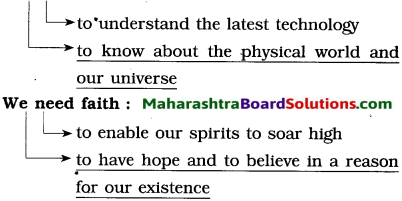
Question 6.
Refer to a dictionary to find out the meanings of the following words.
- Spirit- a person’s mind or feelings or soul.
- Spiritual
- Spirituality
- Spiritualism
- Spiritualist
Answer:
- Spiritual – relating to or affecting the human spirit or soul, as opposed to material or physical things
- Spirituality – the quality of being concerned with the human spirit, or soul, as opposed to material or physical things
- Spiritualism – a system of belief or religious practice based on supposed communication with the spirits of the dead, especially through mediums
- Spiritualist – an advocate of the doctrine that the spirit exists as distinct from matter, or that spirit is the only reality
Science and Spirituality Class 10 English Workshop Questions and Answers Maharashtra Board
Question 1.
(A) Read ‘Part I’ and match the words in Column ‘A’ with associating words given in Column ‘B’.
| No | ‘A’ | ‘B’ | |
| (i) | Science and faith | (a) | Created by fact and faith |
| (ii) | Science | (b) | Success of societies |
| (iii) | Better Planet | (c) | Betterment of humanity |
| (iv) | Creations and Discoveries | (d) | Believers of science and religions |
| (v) | Conflict | (e) | Solves questions, discovers truth, conceives inventions |
(i) …………………………..
(ii) …………………………..
(iii) …………………………..
(iv) …………………………..
(v) …………………………..
Answer:
| ‘A’ | ‘B’ |
| (1) Science and faith | (a) Success of societies |
| (2) Science | (e) Solves questions, discovers truth, conceives inventions |
| (3) Better Planet | (a) Created by fact and faith |
| (4) Creations and Discoveries | (c) Betterment of humanity |
| (5) Conflict | (d) Believers of science and religions |
![]()
(B) Read ‘Part II’. Go through the given statements and say whether you agree or disagree to each of them.
(a) The Space Research set up facility was planned at Allapi, Kerala – …………………………..
(b) The person who could help and can be contacted was the Bishop – …………………………..
(c) It was quite easy to relocate so many people and destroy religious institutions for space-research centre – …………………………..
(d) Dr. Kalam joined ISRO in 1970 – …………………………..
(e) Science and spirituality seeks prosperity of the human life – …………………………..
Answer:
(a) Disagree
(b) Agree
(c) centre Disagree
(d) Disagree
(e) Agree
(C) Go through ‘Part III’ and complete the following statements.
(a) The essence of a happy life and a peaceful society lies in one sentence – …………………………..
(b) To keep this planet liveable and the human race thriving, we have to …………………………..
(c) Mahaswamiji’s greatest contribution is the …………………………..
(d) We can remove the our souls by …………………………..
(e) The narrator, Srijan, realised that through Dr. Kalam’s words of wisdom …………………………..
(f) Mahaswamiji possesses powers that kept him so strong were ………………………….. or
Answer:
(a) The essence of a happy life and a peaceful society lies in one sentence – ‘What can I give’.
(b) To keep this planet liveable and the human race thriving, we have to replace this attitude of ‘what can I take’ with the goodness of
(c) Mahaswamiji’s greatest contribution was the establishment of a free residential education system for more than nine thousand children in the ashram.
(d) We can remove the impurities obscuring our souls by living pure and ethical lives and by serving humanity.
(e) The narrator, Srijan, realized that through Dr Kalam’s words of wisdom he was getting to learn from countless great minds.
(f) The narrator (Srijan) said this to Dr Kalam ‘ while discussing the Mahaswamiji’s 102nd birthday i celebrations.
2. Choose the correct alternative for the given statements.
(A) Dr. Kalam’s father was an …………………………. .
(a) teacher
(b) scientist
(c) farmer
(d) imam.
Answer:
(d) imam.
(B) Dr. Kalam’s friends discussed on …………………………. .
(a) science and technology
(b) discoveries and inventions.
(c) science and spirituality
(d) community’s problems and solutions.
Answer:
(c) science and spirituality
(C) According to Dr. Kalam, the need that is felt more than ever is ………………………….. .
(a) a laboratory to conduct experiments.
(b) a new technology to find results.
(c) a dialogue among cultures, religions and civilizations.
(d) a dialogue between people of different professions.
Answer:
(c) a dialogue among cultures, religions and civilizations.
![]()
(D) Dr. Kalam’s father was a symbol of ………………………….. .
(a) trust and faith.
(b) simplicity and divinity
(c) teacher and disciple.
(d) father and friend.
Answer:
(b) simplicity and divinity
(E) Spirituality takes care of ………………………….. .
(a) education, teaching and learning.
(b) science, technology and sci-fi.
(c) confusion, misery or failure.
(d) crime, illiteracy and child labour.
Answer:
(c) confusion, misery or failure.
(F) How can academic brilliance diminish?
(a) by disturbance and frustration.
(b) by going off track
(c) by a coating of dust.
(d) by losing focus and seriousness.
Answer:
(d) by losing focus and seriousness
(G) What was most astonishing about 102 year old Swamiji?
(a) He was a great speaker and orator.
(b) He was a great scientist.
(c) He was a great admirer of technology.
(d) He looked as steady and alert as any other youngster.
Answer:
(d) He looked as steady and alert as any other youngster.
(H) What Dr. Kalam gathered while swimming in silence at the shores of Mahapragyaji?
(a) beautiful sea shores
(b) tree lined beaches
(c) sands of conscience
(d) beautiful sun-set.
Answer:
(c) sands of conscience
Question 3.
Among the three parts, there are people who touched and influenced the life of Dr. A. P. J. Kalam in one or the other ways. Complete the web chart by writing the names of such people.
Answer:
Kalam In one way or the other were:

Question 4.
Write the significance of the following years, as given in the text.
1960 ……………………………
1970 ……………………………
1980 ……………………………
2009 ……………………………
2012 ……………………………
Answer:
1960 → Is significant as Dr Kalamoined ISRO that year.
1970 → Dr Kalam made his first unsuccessful launch.
1980 → Dr Kalam made his first successful launch.
2009 → The writer graduated from IIMA and met Dr Kalam
2012 → The writer was discussing with Dr Kalam the number of Ph.D’s he (Dr Kalam) had received.
![]()
Question 5.
Who said to whom and when?
(a) “Can we give up God’s abode for such a great scientific mission ?”
…………………………………………………………………..
Answer:
Reverend Father Pereira said this to „the people in the Church, one Sunday. On the previous day, Dr Sarabhai and Dr Kalam had approached him to request the people to give up the church land for the building of a space research centre.
(b) “And then God will shine through us.”
…………………………………………………………………..
Answer:
Professor Satish Dhawan to Dr Kalam when ‘ they were talking about academic brilliance.
(c) “I wonder what power Mahaswamiji possesses, that keeps him so strong.”
…………………………………………………………………..
Answer:
Reverend Father Pereira said this to „the people in the Church, one Sunday. On the previous day, Dr Sarabhai and Dr Kalam had approached him to request the people to give up the church land for the building of a space research centre.
Question 6.
Answer the following in your own words, and write in your notebook.
(a) What makes Dr Kalam a humble personality?
Answer:
Even though Dr Kalam was indisputably a great scientist, he had deep faith and espoused the cause of the betterment of humanity. This shows that he was indeed a humble personality.
(b) How were different virtues inculcated in Dr Kalam?
Answer:
Dr Kalam inculcated the virtue of humility from his father who was a boatman. He learnt from his father how simplicity and divinity could go together.
(c) How did the Reverend relate and compare the work that he and Dr Sarabhai did for people?
Answer:
The Reverend said that Dr Sarabhai was a scientist. We benefit from the devices that science has developed in many ways – in our homes and in the fields of medicine and technology. A priest prays for the peace and well-being of his people. Thus both science and spirituality seek the Almighty’s blessing for the prosperity of the human mind and body. In short, both are doing the sameob.
(d) What was so remarkable about Dr Sri Sri Shivakumar Mahaswamiji?
Answer:
The remarkable aspect about Dr Sri Shivakumara Mahaswamiji was that he had dedicated his life to the service of humanity.
(e) Why is there an urgent need to replace ‘What can I take’ with ‘What can I give?
Answer:
There is an urgent need to replace ‘What can I take’ with ‘What can I give’ for the very survival of humanity. Unless we realize the gravity of the message, this planet will become a hub of environmental degradation, social evils, inequity and corruption. If we do not take up the challenge, our planet will not be liveable and the human race will not prosper.
![]()
Question 7.
In your notebook, write a short paragraph on each of the following covering up their profession and personality traits with examples.
(a) Rev. Peter Bernard Pereira
(b) Dr Sri Shivakumar Mahaswamiji
(c) Dr A. P. J. Abdul Kalam
Answer:
(a) His interactions with the great scientist Professor Vikram Sarabhai and the Reverend Peter Bernard Pereira shaped Dr Kalam’s thoughts on religion.
(b) The 102nd birthday celebrations of His Holiness Dr Sri Sri Shivakumara Mahaswamiji.
(c) Dr A P Abdul Kalam was the past President of India. By the way, he was a great scientist, orator and a humanitarian.
8. Write in your own simple words what the following expressions convey in the context they occur in the text.
(a) Faith and fact can, together, create a better planet.
…………………………………………………………………..
Answer:
If people have belief in a greater power! as well as understand the truth of things that exist around them, this world will become a better place for all of us to live in harmony.
(b) Dr Kalam’s own life was nourished by multiple faiths.
…………………………………………………………………..
Answer:
This means that the life of Dr Kalam improved in quality because of the discussion he had with people of different faiths, such as the head priest of a temple who was a Vedic scholar, and a Christian priest.
(c) But there was a major roadblock.
…………………………………………………………………..
Answer:
This expression conveys the fact that something was being planned, but there were serious issues that hindered its progress.
(d) Only when the dust is removed, does the mirror shine and the reflection becomes clear.
…………………………………………………………………..
Answer:
This expression is a comparison between the mind and the mirror. The brilliance of both can be diminished by many factors that act like coatings of dust. However, when that coating is removed, both shine and radiate brilliance.
(e) Through his (Kalam’s) words of wisdom, I was getting to learn from countless great minds.
…………………………………………………………………..
Answer:
This expression first of all conveys the information that Dr Kalam himself was a very well- read person who had acquired his knowledge from innumerable great minds of the past. Further, it conveys that the speaker (Narrator; Srijan) himself received an education from Dr Kalam by association with him.
![]()
(f) He gathered the sands of conscience to be our guide, our best friend.
…………………………………………………………………..
Answer:
These words convey the idea that Dr Kalam realized that our own conscience is our guide and! best friend.
(g) ‘What can I take?’ is the thought which is responsible for all the wrong, seen around us.
…………………………………………………………………..
Answer:
These words convey the idea that when people think only in terms of what they can get S from others, it leads to every possible illegal or bad behaviour.
9. (A) From the lesson, pick out one word for each of the following.
(a) increase the speed …………………………
(b) point of view …………………………
(c) nearness in space …………………………
(d) a place of residence …………………………
(e) eager to know everything …………………………
(f) echoed loudly …………………………
(g) giving away much to the needy …………………………
(h) without making a difference …………………………
Answer:
(a) accelerate
(b) perspective
(c) proximity
(d) abode
(e) inquIsitive
(f) reverberated
(g) munificence
(h) indiscriminately
(B) Arrange the following words in the alphabetical order.
- inventions,
- indisputable,
- interactions,
- inequity,
- institutions,
- inquisitive,
- indiscriminately
Answer:
- indiscrimInately,
- Indisputable,
- inequity,
- Inquisitive,
- institutions,
- Interactions,
- Inventions.
(C) Find from the lesson the noun forms of –
1. combine …………………………
2. solve …………………………
3. simple …………………………
4. divine …………………………
5. advance …………………………
6. tranquil …………………………
7. liveable …………………………
8. strong …………………………
Answer:
1. combination
2. solution
3. simplicity
4. divinity
5. advancement
6. tranquillity
7. life
8. strength
![]()
Question 10.
Match the word connectors with reference to part I, II, III respectively. Make sentences of each of these connectors.
| No | Word | Connector | |
| 1. | government | (a) | person |
| 2. | betterment of | (b) | curbs |
| 3. | pure and ethical | (c) | degradation |
| 4. | community’s | (d) | launch |
| 5. | religions | (e) | dialogue |
| 6. | astonishing | (f) | silence |
| 7. | technological | (g) | motivation |
| 8. | frank | (h) | aspect |
| 9. | social | (i) | life |
| 10. | faith | (j) | centre |
| 11. | inquisitive | (k) | officials |
| 12. | academic | (l) | problems |
| 13. | environmental | (m) | humanity |
| 14. | pin-drop | (n) | service |
| 15. | alternate | (o) | bodies |
| 16. | remarkable | (p) | evils |
| 17. | silent | (q) | advancement |
| 18. | famished | (r) | brilliance |
| 19. | unsuccessful | (s) | accommodation |
| 20. | space-research | (t) | discipline |
Answer:
(1) Some government officials came to our village to inspect the sanitary conditions.
(2) Gandhiji’s efforts were for the betterment of humanity.
(3) The hermit was revered for living a pure and ethical life.
(4) We formed a core team to look into the community’s problems.
(5) We need religious discipline in order to develop a clear conscience.
(6) The most astonishing aspect of this great king’s personality is his humility.
(7) The district required more skilled manpower for technological advancement.
(8) The teacher had a frank dialogue with the youth about his drug problem.
(9) He left his good secureob in order to dedicate himself to social service.
(10) In order to make progress, people should avoid conservative faith curbs.
(11) To be a good detective, ond must basically be an inquisitive person.
(12) All through his school and college days he displayed academic brilliance.
(13) Plastics are major contributors to environmental degradation.
(14) There was pin-drop silence when the sad news was announced.
(15) The owner was provided alternate accommodation until his flat was renovated.
(16) Lai Bahadur Shastri was a remarkable person.
(17) Our inner beliefs should be the silent motivation to do good to others.
(18) The communal kitchen is a great boon to famished bodies.
(19) At the first attempt it was an unsuccessful launch.
(20) ISRO is a space research centre in Bengaluru.
![]()
Question 11.
Simple sentence : subject + verb + object/complement/adverbial: Analysing a simple sentence is done by separating the subject and the predicate. The predicate is further analysed into –
(1) verb + object as in ‘A doctor treats patients’./ ‘He greeted the teacher.’
(2) verb + complement as in ‘They are very tired.’ / ‘I have a cold.’
(3) verb + adverbial as in (He walks slowly. / Raj arrived late. / The thief is hiding there.)
Say whether the predicates in the following sentences have an object/a complement/an adverbial.
(1) There was silence. …………………………
(2) Alexander Bell invented the telephone. …………………………
(3) They have a holiday. …………………………
(4) The dancer danced gracefully. …………………………
(5) The milkman comes daily. …………………………
(6) The hostess served tea. …………………………
(7) The kite soared upwards. …………………………
Answer:
(1) Complement
(2) Object
(3) Complement
(4) Adverbial
(5) Adverbial
(6) Object
(7) Adverbial
Question 12.
(A) Punctuate the following sentences to make them meaningful.
(1) dinesh took a bus that stopped at nanded railway station after crossing somvar peth
(2) dr a p j abdul kalam was the past president of india by the way he was a great scientist orator and a humanitarian
(3) nouns are of different types common proper abstract concrete material
(4) what a lot of noise you all make said the teacher cant you keep quiet for a while
(5) wow how lovely that cake looks they said we cant wait to eat it
Answer”
(1) Dinesh took a bus that stopped at Nanded railway station after crossing Somvar Peth.
(2) Dr A P J Abdul Kalam was the past President of India. By the way, he was a great scientist, orator and a humanitarian.
(3) Nouns are of different types: common, proper, abstract, concrete, material.
(4) “What a lot of noise you all make!” said the teacher, “Can’t you keep quiet for a while?”
(5) “Wow! How lovely that cake looks!” they said, “We can’t wait to eat it.”
(B) Copy the first paragraph on page 92 in your notebook, carefully. Encircle all the punctuation marks with a colored pencil/pen.
“Dear children …………………. ‘amen’.
Question 13.
Project :
Read Dr. A.P.J. Abdul Kalam’s very renowned books ‘Wings of Fire’; and ‘Ignited Minds’, to find the following :
(a) Subject of the book
(b) Special features of the book
(c) Teachings/learnings/moral/message from the book
(d) Your own opinion/idea/comment on the book
Answer:
Dr A. P.. Kalam was the son of an imam, a simple fisherman. He was born in Rameswaram on 15 October 1931. He went on to become the 11th President of India from 2002 to 2007. He was widely acclaimed as the ‘People’s President’. He was particularly fond of children and youth and made himself approachable to them at all times.
He was a student of Physics and aerospace engineering. He was a scientist and science administrator mainly at the Defence Research and Development Organisation (DRDO) and Indian Space Research Organisation (ISRO) for nearly four decades. He was intimately involved in India’s civilian space programme and military missile development efforts.
![]()
He is famous as the Missile Man of India for his work on the development of ballistic missile and launch vehicle technology. He also played a pivotal organisational, technical, and political role in India’s Pokhran-II nuclear tests in 1998, the first since the initial nuclear test by India in 1974.
He was the recipient of several prestigious awards, including the Bharat Ratna in 1997, India’s highest civilian honour.
Amongst his writings, the most famous are ‘Transcendence: My Spiritual Experiences with Pramukh Swamiji’, and ‘India 2020’.
While delivering a lecture at the Indian Institute of Management, Shillong, Kalam collapsed and died from an apparent cardiac arrest on 27uly 2015, aged 83. Thousands including national-level dignitaries attended the funeral ceremony held in his hometown of Rameswaram, where he was buried with full state honours.
Question 14.
(A) Draft a speech that you would give at your School Assembly convincing junior students that the secret of true happiness lies in Giving and Sharing more than in Receiving and Taking.
Write it with the appropriate steps in your notebook.
Answer:
Friends,
It is through experience I .have learned that ‘AS’ you give, so you live’.
There was a time in my life when I only wanted things. I was happy only when I received gifts. My main goal in life was to take as many things from others as I could.
But then one day, on the way to market, I saw a beggar boy running along the road. In his hand he held a loaf of bread. He ran to his mother, who was lying on the sidewalk. He sat next to her and started feeding her. It touched me deeply that this boy who must have been hungry himself, found greateroy in feeding his famished mother.
From that day onwards I started giving things to others. If I had two pens and someone wanted one, I would give it to him or her. I asked my mother to give my old clothes to a poor child from a nearby slum. For my birthday celebrations, instead of having a party, I went along with my mother to the temple and fed a line of beggars.
Giving things to others brings me greatoy and happiness. Receiving something gives temporary satisfaction. But reaching out to others and seeing them smile, sharing things with others and making it worthwhile – these are far more precious than any other personal possessions.
Thank you.
(B) Divide your class in two groups and have a Debate on the topic ‘Science and Spirituality can go hand in hand’.
Answer:
For (view):
Both science and spirituality study aspects of our world. Both require mental discipline. Both require belief in certain axioms and truths. Hence both are valid. Science is the body. Spirituality is the mind. Science explores the creations of God. Spirituality delves into the nature of God. Both are two sides of the same coin. Both complement each other.
It is inevitable therefore that science and spirituality go hand in hand.
Against (counterview):
Science requires factual knowledge. It is a component of millions of physical laws. Spirituality is a free bird that soars on the wings- of personal belief. It does not require proof. Only faith. How then can they be considered to be on the same plane? One is concrete; the other abstract. In order to draw upon spirituality, one may conjure up any image in the mind and be satisfied. Science seeks explanation in logical reasoning based upon unlimited past experiences and developed into a truth by considering experiment after experiment.
The two are poles apart and cannot go hand in hand.
![]()
Question 15.
State whether the statements are True or False:
Answer:
(a) It is necessary for science and faith to function true to their roles.
(b) Kalam’s status as a great scientist is in dispute.
(c) Both fact and faith are required for a better world.
(d) There is never any conflict between believers in science and believers in religion.
Answer:
(a) True
(b) False
(c) True
(d) False
Question 16.
Why do science and faith have to go hand in hand?
Answer:
Science and faith must go hand in hand for the sake of human good. Science provides focus on human activities while faith gives one a perspective, which is essential for success.
Question 17.
From the passage pick out one word for each of the following:
(a) keeps something within limits
(b) unable to be challenged or doubted
Answer:
(a) curbs
(b) indisputable
Question 18.
Write the noun forms of:
(a) create
(b) coexist
(c) discover
(d) conceive
(e) accelerate.
Answer:
(a) create – creation
(b) coexist – coexistence
(c) discover – discovery
(d) conceive – conception
(e) accelerate – acceleration.
Question 19.
Faith provides perspective. (Rewrite beginning with ‘Perspective’.)
Answer:
Perspective is provided by faith.
Write whether the predicates in the following sentences have an object/a complement/an adverbial: (The answers are given directly and underlined.)
(a) This is indisputable.
(b) Science provides focus.
(c) They will work together.
Answer:
(a) complement
(b) object
(c) adverbial
Question 21.
Fill in the blanks with suitable prepositions: (The answers are given directly and underlined.)
Answer:
Conflict often arises between people who believe in science and people who believe in religion,
Question 22.
Which, according to you, is more important for our planet to survive – science or religion? Give your reasons in brief.
Answer:
According to me, both are important – science \ as well as religion. Science provides us with facts that tell us about our planet. Religion educates us about the proper attitude towards all things created on earth. We need both for our planet to survive. Both go hand in hand.
Question 23.
Complete the following map:
Answer:
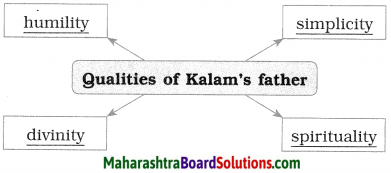
Question 24.
Complete the following based on the passage: (The answers are given directly and underlined.)
Answer:
People who touched and influenced Dr A. P.. Kalam in one way or the other were:

Question 25.
Complete the following.
Answer:
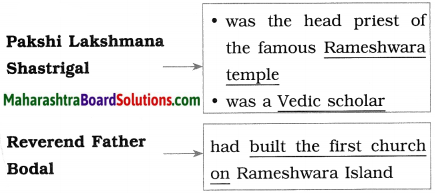
Question 26.
Give evidence from the passage to show that Dr Kalam’s father combined the virtues of ‘simplicity’ and ‘divinity’.
Answer:
Dr Kalam’s father was a boatman. This was the basis for his simplicity. He was also an imam in a mosque and believed strongly in leading a spiritual life. This was the basis of his divinity.
Question 27.
Write from the passage four words that are connected with or related to religions.
Answer:
imam, mosque, Hindu, Christian (priest, temple, Vedic, reverend father, church, divinity, spiritual, spirituality)
![]()
Question 28.
Match the words in column ‘A’ with their meanings in column ‘B’:
| ‘A’ | ‘B’ |
| (i) remembered | (a) frank |
| (ii) honest | (b) misery |
| (iii) clothes | (c) recalled |
| (iv) sorrow | (d) attire |
Answer:
| ‘A’ | ‘B’ |
| (i) remembered | (c) recalled; |
| (ii) honest | (a) frank; |
| (iii) clothes | (d) attire; |
| (iv) sorrow | (e) misery. |
Question 29.
Write the noun forms of:
(a) solve
(b) frank
(c) believe.
Answer:
(a) Solve – solution
(b) frank – frankness
(c) believe – belief.
Question 30.
(1) Write whether the predicates in the following sentences have an object/a complement/an adverbial:
(a) His father was a boatman.
(b) Father Bodal had built the first church.
Answer:
(a) complement
(b) object
Question 31.
Pick out the auxiliaries and state the mood:
(a) All three of them used to sit and discuss the community’s problems.
(b) Simplicity and divinity could go together.
Answer:
(a) used to – past habit
(b) could – possibility.
Question 32.
Even though his father was a boatman, Dr Kalam went on to become the President of India. (Rewrite using ‘yet’.)
Answer:
Dr Kalam’s father was a boatman, yet” he went on to become the President of India.
Question 33.
Complete the following based on the passage:
Answer:
People who touched and influenced Dr A. P.. Kalam in one way or the other were:

Question 34.
What is the significance of the year 1960 as given in the passage?
Answer:
1960 is significant as Dr Kalamoined ISRO that year.
![]()
Question 35.
Complete the following.
Answer:
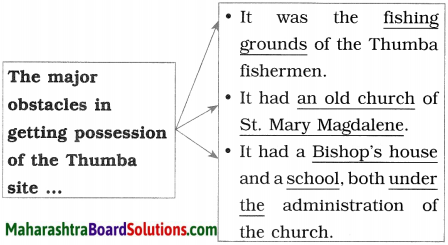
Question 36.
Write from the passage words that sound the same as:
(a) grate
(b) dew
(c) wood
(d) hear
(e) two
(f) sew.
Answer:
(a) grate – great
(b) dew – due
(c) wood – would
(d) hear – here
(e) two – to
(f) sew – so.
Question 37.
Pick out from the following words that, do not begin with the prefix ‘re-’ religion, reverend, religious, research, relocate, region
Answer:
religion, reverend, religious, region
Question 38.
Match the phrases with one word from the passage:
| ‘A’ | ‘B’ |
| (i) which is new and inexperienced | (a) proximity |
| (ii) a place provided for a particular purpose. | (b) fledgling purpose |
| (iii) something that causes delay or obstruction | (c) site |
| (iv) nearness in space | (d) roadblock |
Answer:
| ‘A’ | ‘B’ |
| (i) which is new and inexperienced | (b) fledgling purpose |
| (ii) a place provided for a particular purpose. | (c) site |
| (iii) something that causes delay or obstruction | (d) roadblock |
| (iv) nearness in space | (a) proximity |
Question 39.
Professor Sarabhai and his team had selected a site in Thumba, Kerala. (Pick out the subject of the sentence.)
Answer:
Professor Sarabhai and his team
Question 40.
It was here that he learnt about the true meaning of religious service.
Answer:
Where did he learn about the true meaning of religious service?
Question 41.
It would be impossible to relocate so many people. (Rewrite using ‘not’.)
Answer:
It would not be possible to relocate so many people.
![]()
Question 42.
What do you learn from this passage?
Answer:
From this passage, I learn that people belonging to different religions can come together and reach a common understanding to resolve major and sensitive issues. Religious harmony is the theme of this passage.
Question 43.
Complete the following:
(a) Reverend Father Pereira helped to solve the problem of acquiring the site.
(b) Father Pereira described the Church in three ways: (i) his abode (ii) his children’s abode (iii) God’s abode.
Answer:
(a) Reverend Father Pereira
(b) (i) abode
(ii) his children’s
(iii) God’s.
Question 44.
Go through the given statements and say whether you Agree or Disagree with each of them:
Answer:
(a) Science and spirituality seek the prosperity of human life. –
(b) Reverend Pereira absolutely refused to consider Dr Kalam’s request. –
(c) Alternate accommodation was offered only to the fishermen. – Disagree
(d) Everyone present in the church agreed to Reverend Pereira’s plea –
Answer:
(a) Agree
(b) Disagree
(c) Disagree
(d) Agree
Question 45.
Who said to whom and when? ‘Can we give up God’s abode for such a great scientific mission?’
Answer:
Reverend Father Pereira said this to „the people in the Church, one Sunday. On the previous day, Dr Sarabhai and Dr Kalam had approached him to request the people to give up the church land for the building of a space research centre.
Question 46.
Complete the following with the reference to the passage:
(1) We benefit from the devices that science has developed to light up our homes.
(2) We can talk to a large gathering and be heard using a microphone.
(3) Medical science allows doctors to diagnose and treat patients.
(4) Science and technology enhance the overall comfort and quality of human life.
Answer:
(1) to light up our homes.
(2) using a microphone.
(3) diagnose and treat patients.
(4) comfort and quality of human life.
Question 47.
Write one word for:
(a) one who follows a teacher or a leader
(b) eager to know everything
(c) a place of residence
(d) echoed loudly
Answer:
(a) discIple
(b) inquisitive
(c) abode
(d) reverberated
Question 48.
Write from the passage two words that have almost the same meaning as ‘prosperity’:
Answer:
comfort, well-being
Question 49.
Write from the passage two words that indicate noise.
Answer:
reverberated, deafening.
![]()
Question 50.
How is it possible? (Rewrite as an assertive sentence.)
Answer:
It is not possible.
Question 51.
I am able to talk to you using this mic. (Rewrite using ‘can’.)
Answer:
I can talk to you using this mic.
Question 52.
The whole church reverberated with the deafening noise of a collective ‘amen’. (Pick out the prepositions.)
Answer:
with, of
Question 53.
Add question tags:
(a) Vikram and I are doing the sameob.
(b) I am able to talk to you using this mic.
Answer:
(a) Vikram and I are doing the sameob, aren’t we?
(b) I am able to talk to you using this mie, aren’t I’
Question 54.
How did the people respond to the appeal made by Reverend Pereira? Would you give the ( same response?
Answer:
The people got up and the whole church reverberated with the deafening noise of a collective ‘amen’. Yes, if I had been part of the gathering, I too would haveoined in with a loud positive response, Considering the importance of the space research centre, I would have been willing to suffer the agony i of relocation.
Question 55.
Complete the following:
(a) We can lead a pure life by serving humanity.
(b) The philosophy of Dr Kalam had an impact on the narrator.
Answer:
(a) serving humanity.
(b) Dr Kalam
Question 56.
Who had directly influenced Dr Kalam’s beliefs?
(a) Professor Satish Dhawan
(b) Srijan
(c) God
(d) countless great minds
Answer:
(a) Professor Satish Dhawan
Question 57.
Who said the following to whom and when? “And then God will shine through us.”
Answer:
Professor Satish Dhawan to Dr Kalam when ‘ they were talking about academic brilliance.
Question 58.
Match the words in column ‘A’ with their opposites in column ‘B’: ‘
| ‘A’ | ‘B’ |
| (i) asked | (a) increased |
| (ii) obscure | (b) impure |
| (iii) diminished | (c) clear |
| (iv) pure | (d) responded |
Answer:
| ‘A’ | ‘B’ |
| (i) asked | (d) responded |
| (ii) obscure | (c) clear |
| (iii) diminished | (a) increased |
| (iv) pure | (b) impure |
![]()
Question 59.
Choose from the following words/phrases that more or less indicate the meaning of the word ‘wisdom’:
humanity, brilliance, ethical lives, academically accomplished, great minds
Answer:
brilliance, academically accomplished, great minds
Question 60.
Write the noun forms of:
(a) responded
(b) accomplished
(c) different
(d) clear t
(e) pure
Answer:
(a) responded – response
(b) accomplished – accomplishment
(c) different – difference
(d) clear – clarity
(e) pure – purity.
Question 61.
Academic brilliance is no different from the brilliance of a mirror. (Rewrite without ‘no’.)
Answer:
Academic brilliance is similar to the brilliance of a mirror.
Question 62.
God will shine through us. (Add a question tag.)
Answer:
God will shine through us, won’t He?
Question 63.
He had advised me to use my degree and gold medal to transform society. (Pick out the infinitives.)
Answer:
to use, to transform
Question 64.
Name the following based on the passage. The person who touched and influenced the life of Dr APJ Abdul Kalam. –
Answer:
Dr Sri Sri Shivakumara Mahaswamiji.
Question 65.
Find evidence from the passage that indicates that Swamiji:
(a) was dedicated
(b) has inner strength
(c) contributed to the good of the society
(d) was younger than the young generation
Answer:
(a) Who has dedicated his life to the service of humanity.
(b) Swamiji stood on his feet without any support!
(c) his greatest contribution is the establishment of a free residential education. Swamiji feeds thousands of children.
(d) He looked as steady and alert as any other youngster present there.
![]()
Question 66.
Complete the following.
Answer:
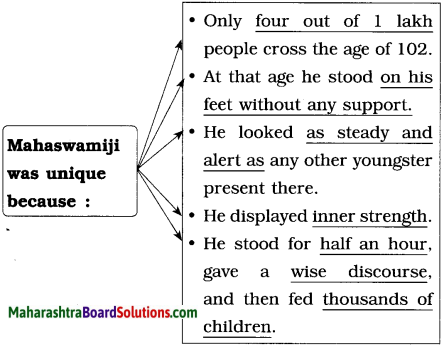
Question 67.
Write a short paragraph on Dr Sri Shivakumara Mahaswamiji covering his profession and mentioning his personality traits with examples.
Answer:
Dr Sri Sri Shivakumara Mahaswamiji was a remarkable person. He had dedicated his life to the service of humanity and had established a free residential education system for more than nine thousand children. At the age of 102 he could stand without support, give a wise discourse for half an hour and then go on to feed thousands of children. He looked as steady and alert as any other youngster present there and displayed tremendous amount of inner strength.
Question 68.
Write the opposites of the following words using prefixes (un-, in-, etc.):
(a) invited
(b) remarkable
(c) humanity
(d) wise.
Answer:
(a) invited – uninvited
(b) remarkable – unremarkable
(c) humanity – inhumanity
(d) wise – unwise.
Question 69.
Guess the meanings of:
(i) genetics
(ii) googled?
Answer:
(i) genetics – heredity and the variation of inherited characteristics.
(ii) googled – found out information about the subject on the Google website
Question 70.
Find out the noun forms of the following from the passage:
(a) celebrated ……
(b) contribute …..
(c) educate …
(d) strong ….
Answer:
(a) celebrated – celebration
(b) contribute – contribution
(c) educate – education
(d) strong – strength
Question 71.
This display of inner strength touched Dr Kalam deeply. (Rewrite beginning ‘Dr Kalam
Answer:
Dr Kalam was deeply touched by this display of inner strength.
Question 72.
How many of these four would be able to stand tall for half an hour? (Rewrite as an assertive sentence.)
Answer:
Not many of these four would be able to stand tall for half an hour.
![]()
Question 73.
I had googled the subject beforehand. (Identify the tense of the sentence.)
Answer:
Past perfect tense
Question 74.
We were discussing this unusual birthday party. (Add a question tag.)
Answer:
We were discussing this unusual birthday party, weren’t we?
Question 75.
What measures will you take to keep yourself physically and mentally fit?
Answer:
To keep myself physically fit, I will take good care of my diet and eat only healthy foods. I will exercise regularly. To keep myself mentally fit, I will try to have a positive attitude towards life, be cheerful and happy and help others.
Question 76.
Fill in the blanks:
(a) Dr Kalam observed great …………………… in Swami Sivananda.
(b) Dr Kalam’s father believed in the value of …………………. .
(c) Mahaswamiji gives education to famished ……………………, food to famished ………………….. .
(d) The essence of a happy life and a peaceful society lies in one sentence – ……………………. .
Answer:
(a) tranquillity
(b) giving back
(c) minds, bodies
(d) ‘What can i give’
Question 77.
Complete the following based on the passage:
Answer:
The people who touched and influenced Dr APJ Kalam in one way or the other were:

Question 78.
Complete the following table:
| Name of person | Values |
| (a) Pramukh Swamiji | goodness of action |
| (b) Professor Brahma Prakash | need for living a pure and ethical life |
| (c) Father Pereira and Dr Sarabhai | selflessness in service |
| (d) Swami Sivananda | tranquillity |
| (e) Dr Kalam’s father | simplicity, the value of giving back |
| (f) Mahaswamiji | munificence, spirit of giving. |
Answer:
(a) Goodness of action
(b) Pure and ethical life
(c) Selflessness in service
(d) Tranquillity
(e) Simplicity, giving back
(f) Munificence
Question 79.
Rearrange the letters to form sensible words:
(a) y e s f i l l e t =
(b) s c e n e c o i n c =
Answer:
(a) y e s f i l l e t = lifestyle
(b) s c e n e c o i n c = conscience
Question 80.
From the lesson write one word for:
Answer:
(a) giving away much to the needy munificence
(b) the basic idea of something essence
![]()
Question 81.
Complete the following choosing from the words/phrases given below: [moral sense of right and wrong, purity, characteristic spirit of a culture, principle or belief, simplicity, peace, generosity, spirituality]
(a) A tenet is a principle or belief.
(b) Conscience is a moral sense of right and wrong.
(c) Ethos is the characteristic spirit of a culture.
(d) Tranquillity is peace.
Answer:
(a) Principle or belief.
(b) Moral sense of right and wrong.
(c) Characteristic spirit of a culture.
(d) Peace.
Question 82.
Write the noun forms of:
(a) pure
(b) settle
(c) final.
Answer:
(a) pure – purity
(b) settle – settlement
(c) final – finality.
Question 83.
Activities based on Contextual Grammar:
(1) In giving so much, he becomes strong. (Rewrite using ‘because’.)
Answer:
He becomes strong because he gives so much.
Question 84.
His munificence fuels his strength. (Rewrite beginning with ‘His strength …’.)
Answer:
His strength is fuelled by his munificence.
Question 86.
What was the secret of Mahaswamiji’s fitness even at the age of 102 years?
Answer:
Mahaswamiji was a remarkable man. He lived with the belief of giving selflessly to famished minds and bodies. By giving, he himself became stronger. His spirit of generosity increased his strength and kept him standing tall and active in life.
Question 87.
Fill in the blanks:
(1) Dr Kalam’s message made an impact on the writer because of its gravity and the challenge it posed became his silent motivation.
(2) The truth of humanity lies in the answer to the question ‘What can I give?’
Answer:
(1) gravity, challenge
(2) truth, humanity
Question 88.
What makes society corrupt and unfair?
Answer:
Society becomes corrupt and unfair when humans think they can take indiscriminately from the environment and destroy it or when they think only of what they can take from other humans.
Question 89.
Complete the following with word from the passage:
Answer:
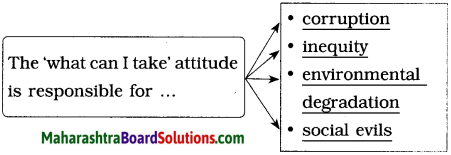
Question 90.
Pick out the adverbs: circumspectiy, indiscriminately, inequity, gravity.
Answer:
circumspectly, indiscriminately
Question 91.
Write what the underlined auxiliaries indicate:
(a) What can I give?
(b) We have to replace this attitude …
Answer:
(a) can – ability, possibility
(b) have to – obligation, compulsion.
![]()
Question 92.
The gravity of the message struck me. (Rewrite in the passive voice.)
Answer:
I was struck by the gravity of the message.
Question 93.
What answers do you get when you ask yourself the question ‘What can I give’?
Answer:
When I ask myself the question ‘What can I give’, I get the answer that I can ‘give’ my talents, my proper moral attitudes, my efforts in the service of others, financial help according to my means …!
Question 94.
Punctuate the following sentences to make them meaningful: (Note: 1 sentence will be asked in the activity sheet.)
(1) Spot the errors and rewrite the sentence correctly: We discussing the number of Ph.D’s Dr Kalam received.
(2) Arrange the following words in alphabetical order: inventions, indisputable, interactions, inequity, institutions, inquisitive, indiscriminately.
(3) Identify the type of sentence: Within a year he wants to build scientific facilities near the sea coast.
(4) Rearrange the letters to form two sensible words:
(1) i c e g e n t s
(2) f u n m i n c e i c e
(5) Make a meaningful sentence using the phrase: to come full circle.
(6) Pick out an infinitive and use it in your own sentence: I am able to talk to you using this mic.
(7) Write two smaller words hidden in the given word: perspective
(8) Complete the following word chain with words from the lesson: church, _ _ _ _ _e,
Answer:
(1) We weref discussing the number of Ph.D’s Dr Kalam had received.
(2) indiscriminately, indisputable, inequity, inquisitive, institutions, interactions, inventions
(3) Assertive Sentence
(4) (1) genetics (2) munificence
(6) It is firstanuary, the year has come full circle.
(6) Infinitive: to talk Sentence: The headmaster wants to talk to you about the annual function.!
(7) perspective: price, respect (spice, spite)
(8) church, house, equator, religious, scientist, team, mic, culture
![]()
Question 95.
(1) Write a word that sounds the same as ‘there’ and make a sentence.
(2) Prepare a word register of eight words for the word ‘house’.
(3) Rewrite beginning with the underlined part. His team had selected a site in Thumba.
Answer:
(1) Homophone: there – their! Sentence: They wanted admission for their child,
(2) House: apartment, residence, abode, dwelling, home, habitation, domicile, lodging, settlement
(3) A site in Thumba had been selected (by his team).
Question 96.
(1) Underline the modal auxiliary and state its function: They must have come full circle.
(2) Use the word ‘benefit’ as a noun as well as a verb in sentences.
Answer:!
(1) They must have come full circle. Function: past certainty.
(2) (a) Science confers many benefits on mankind, (noun)
(b) The bonus will benefit our family in many ways, (verb)
